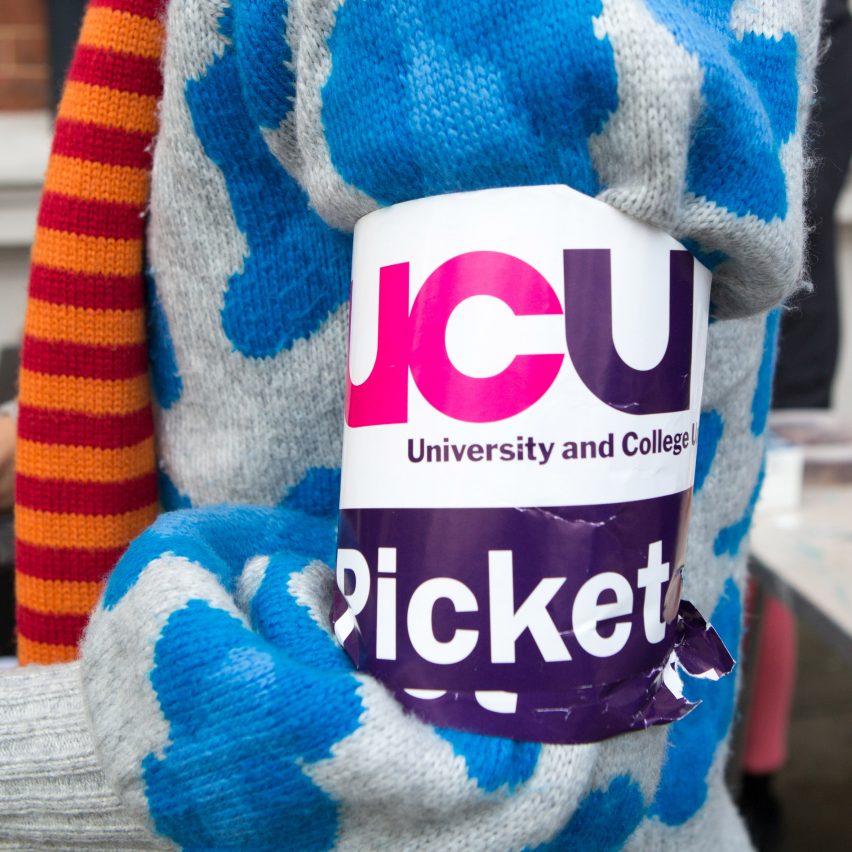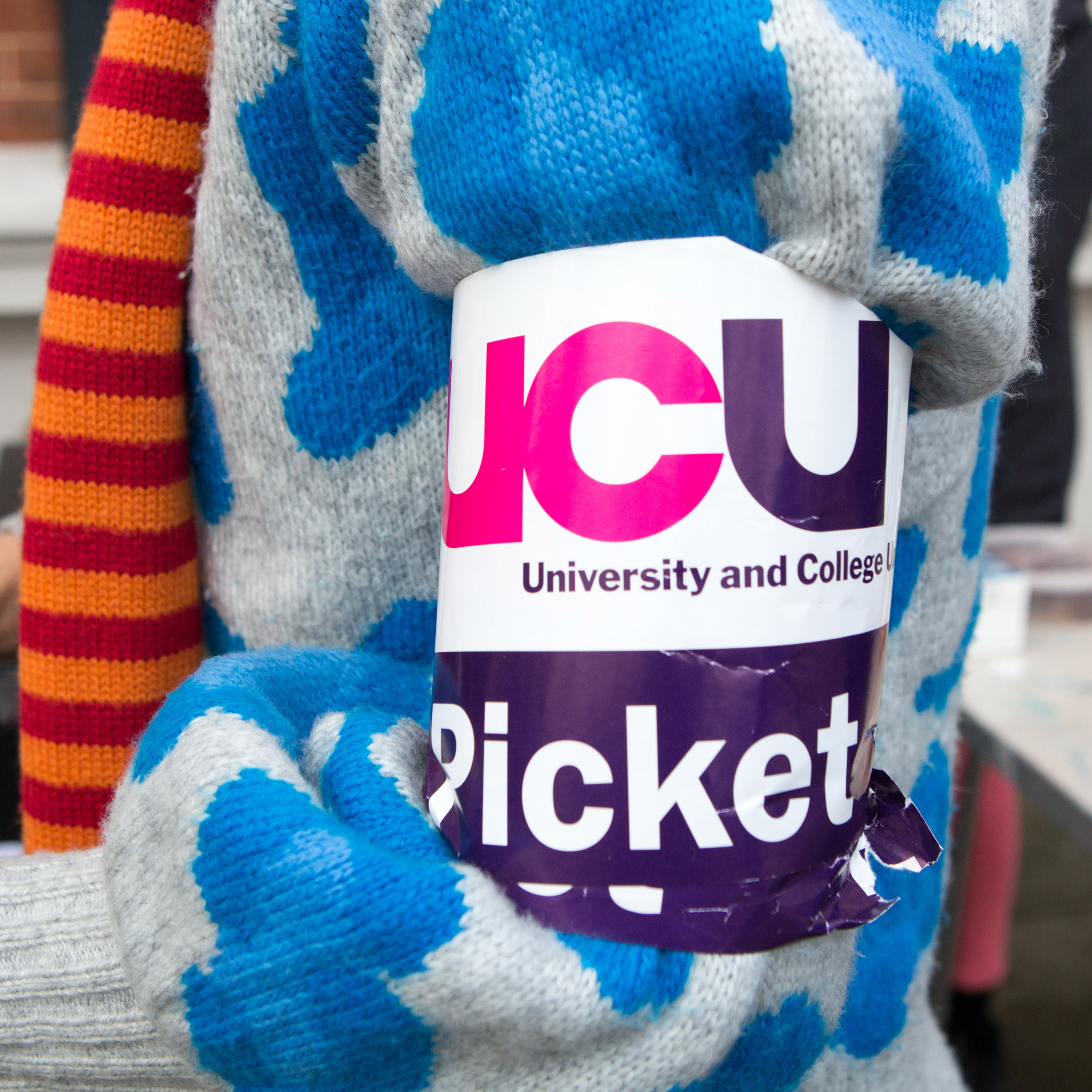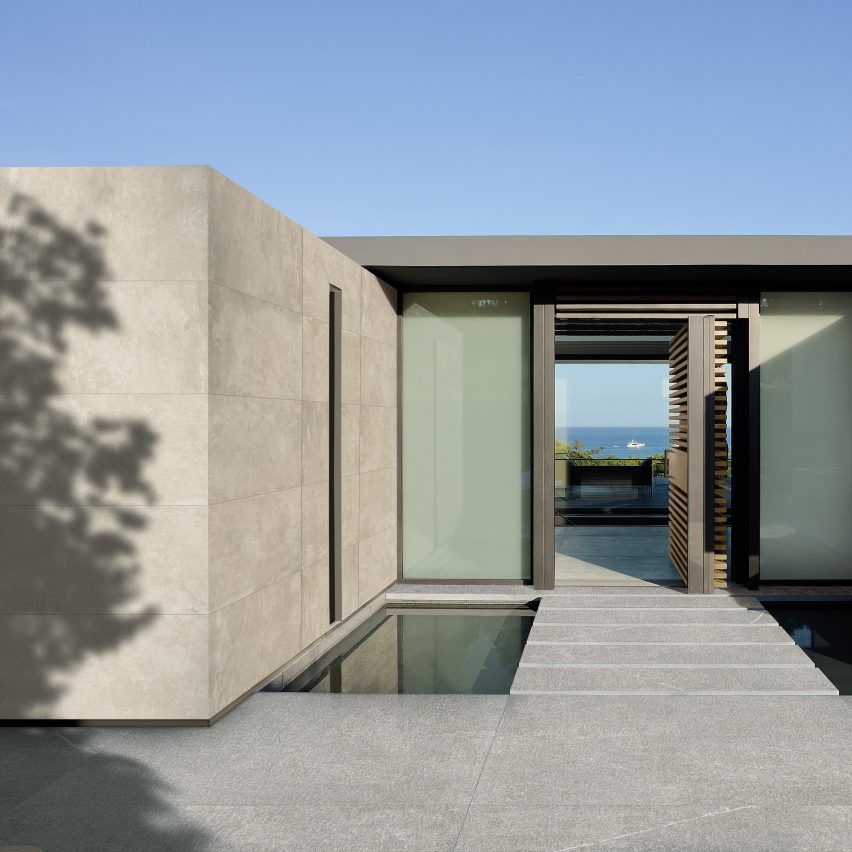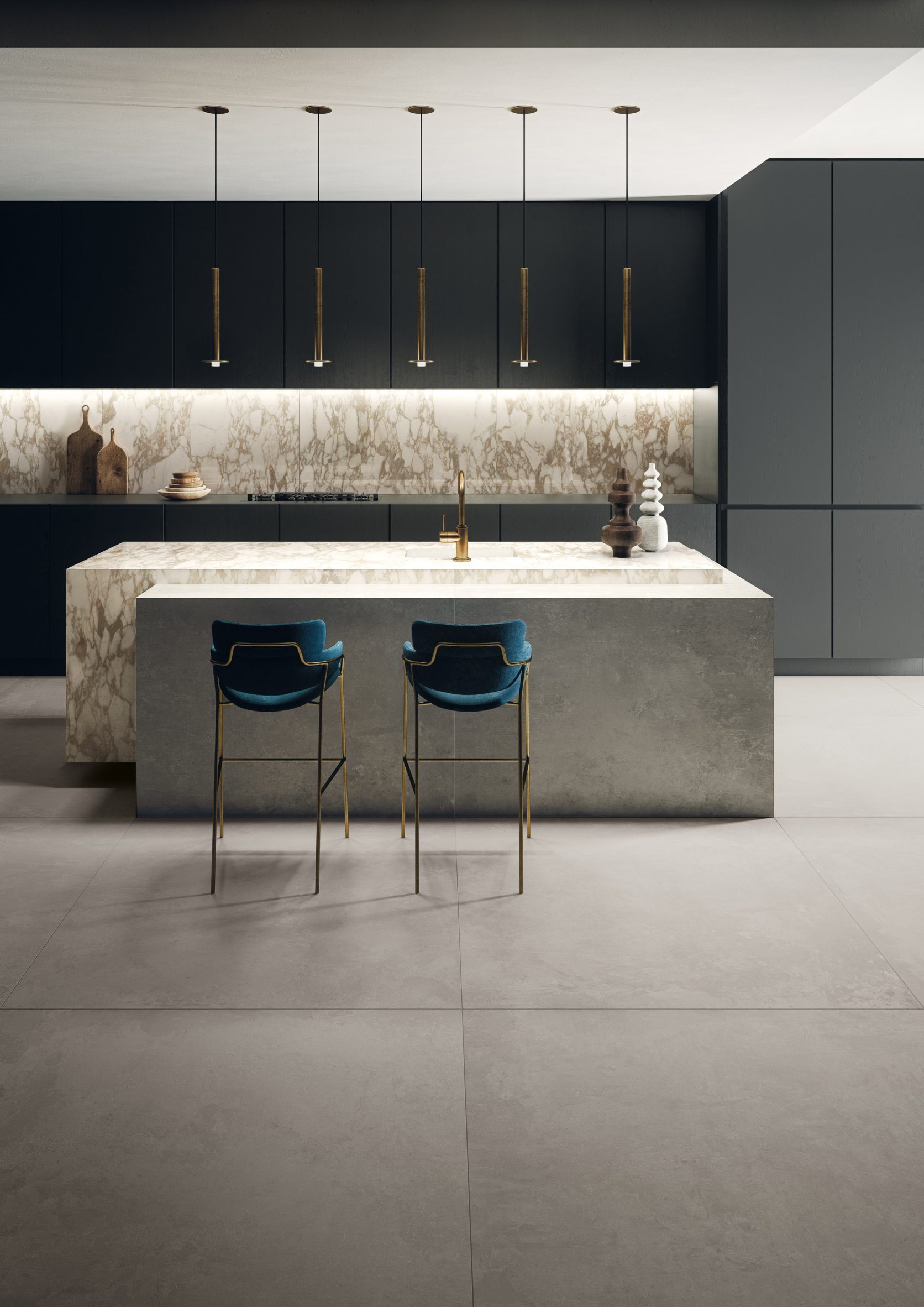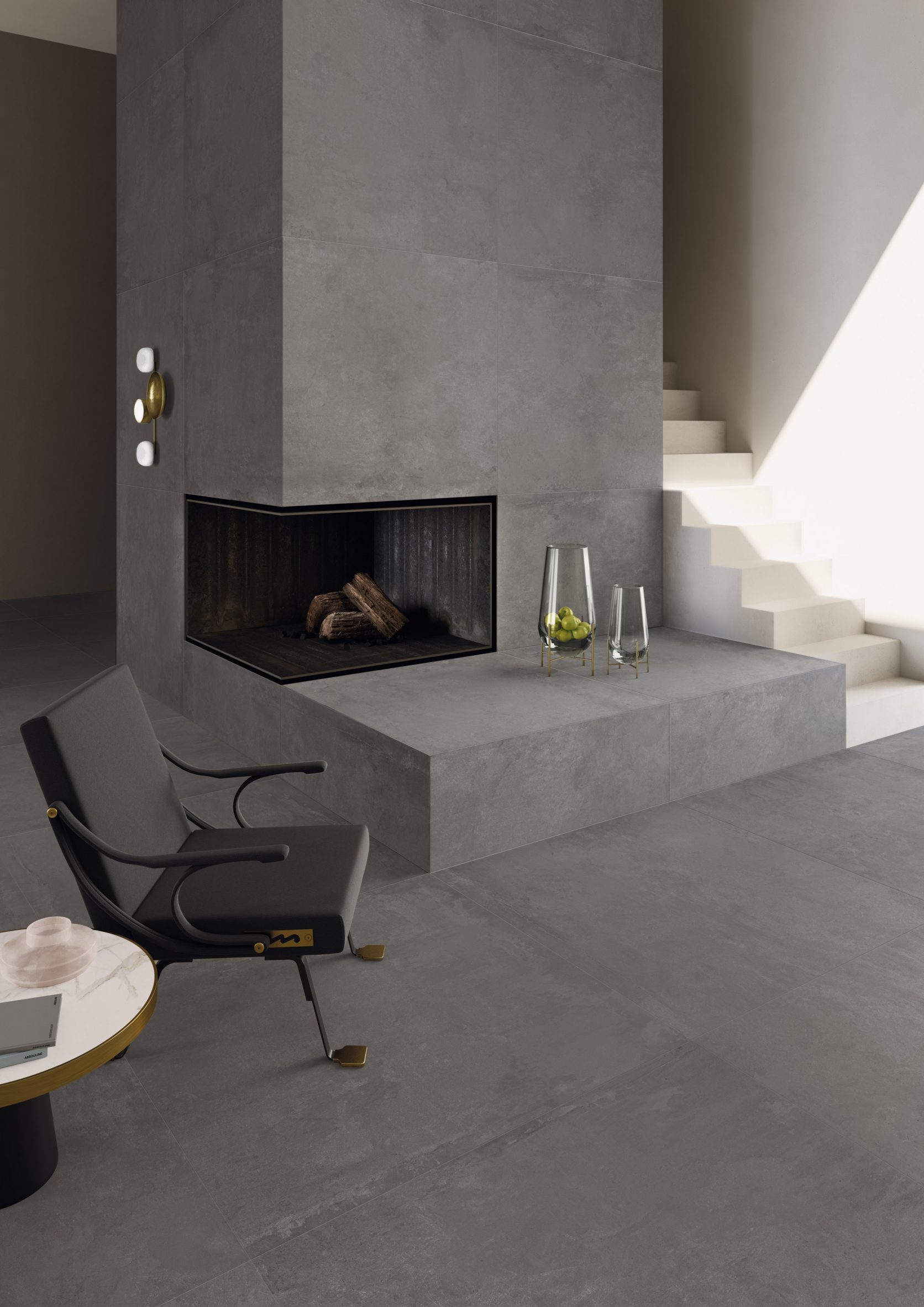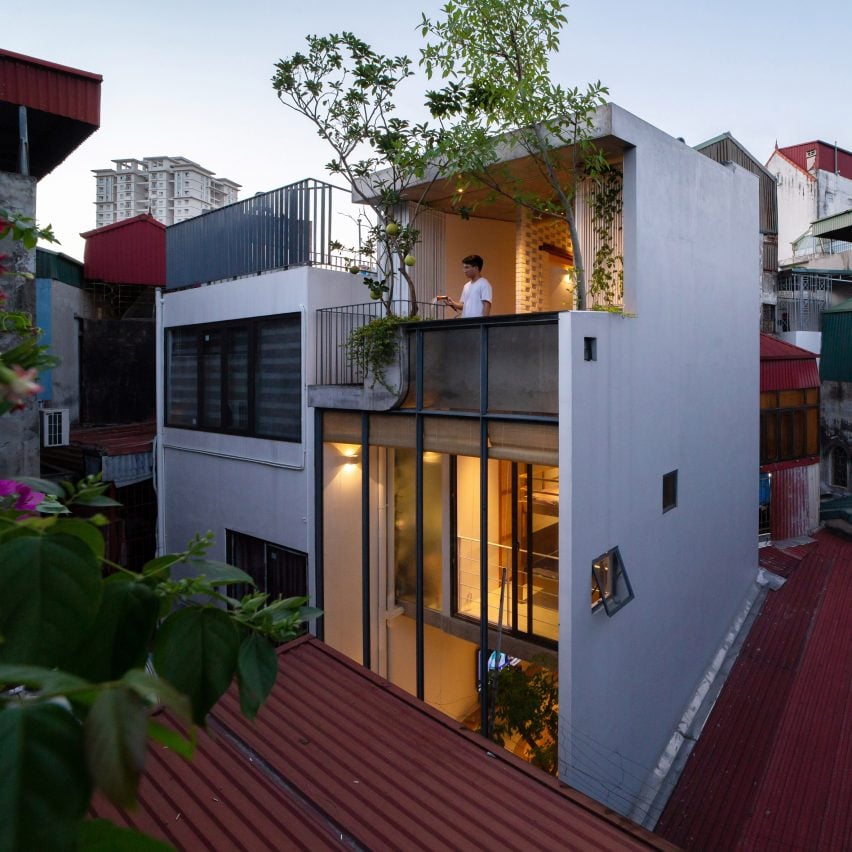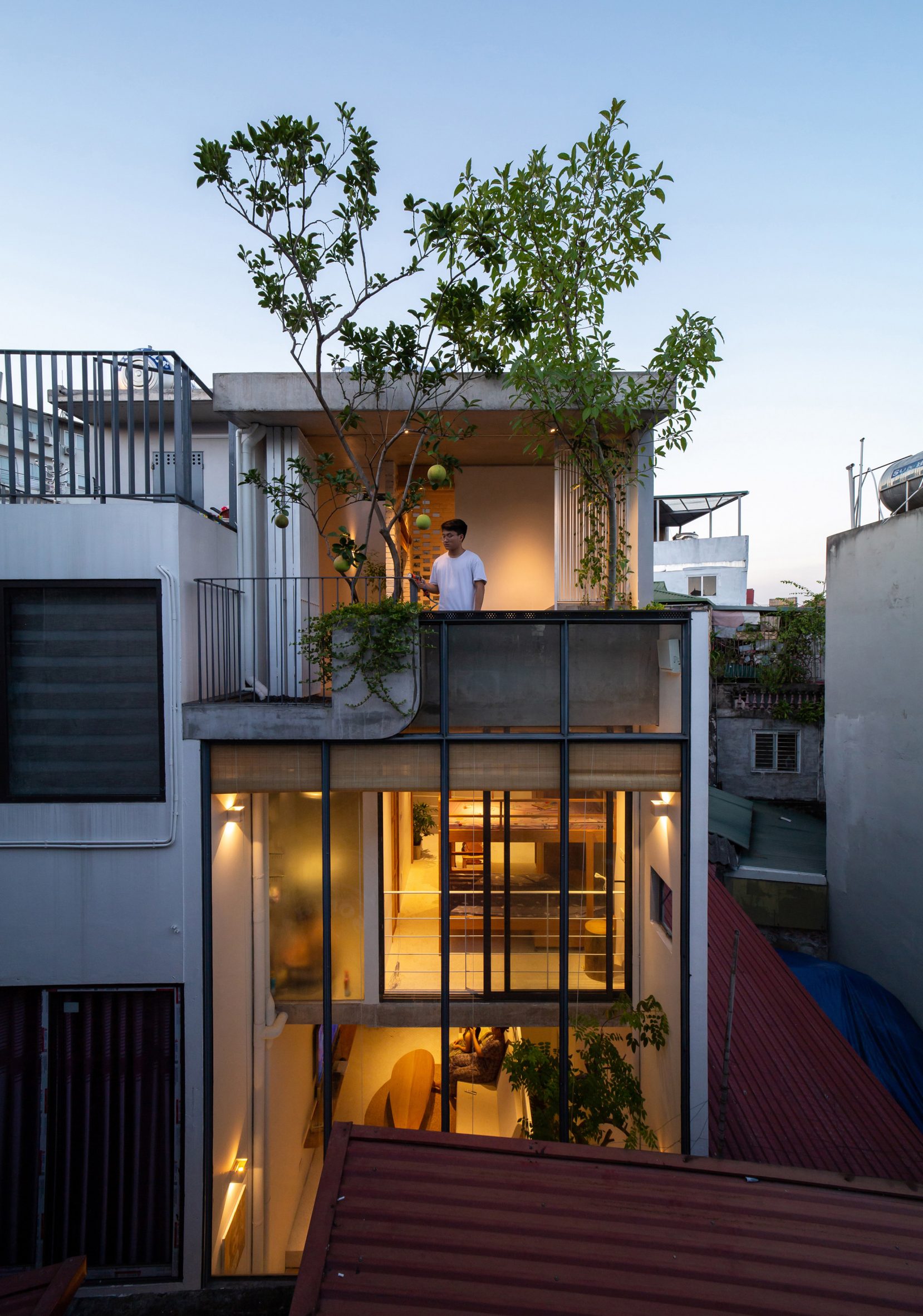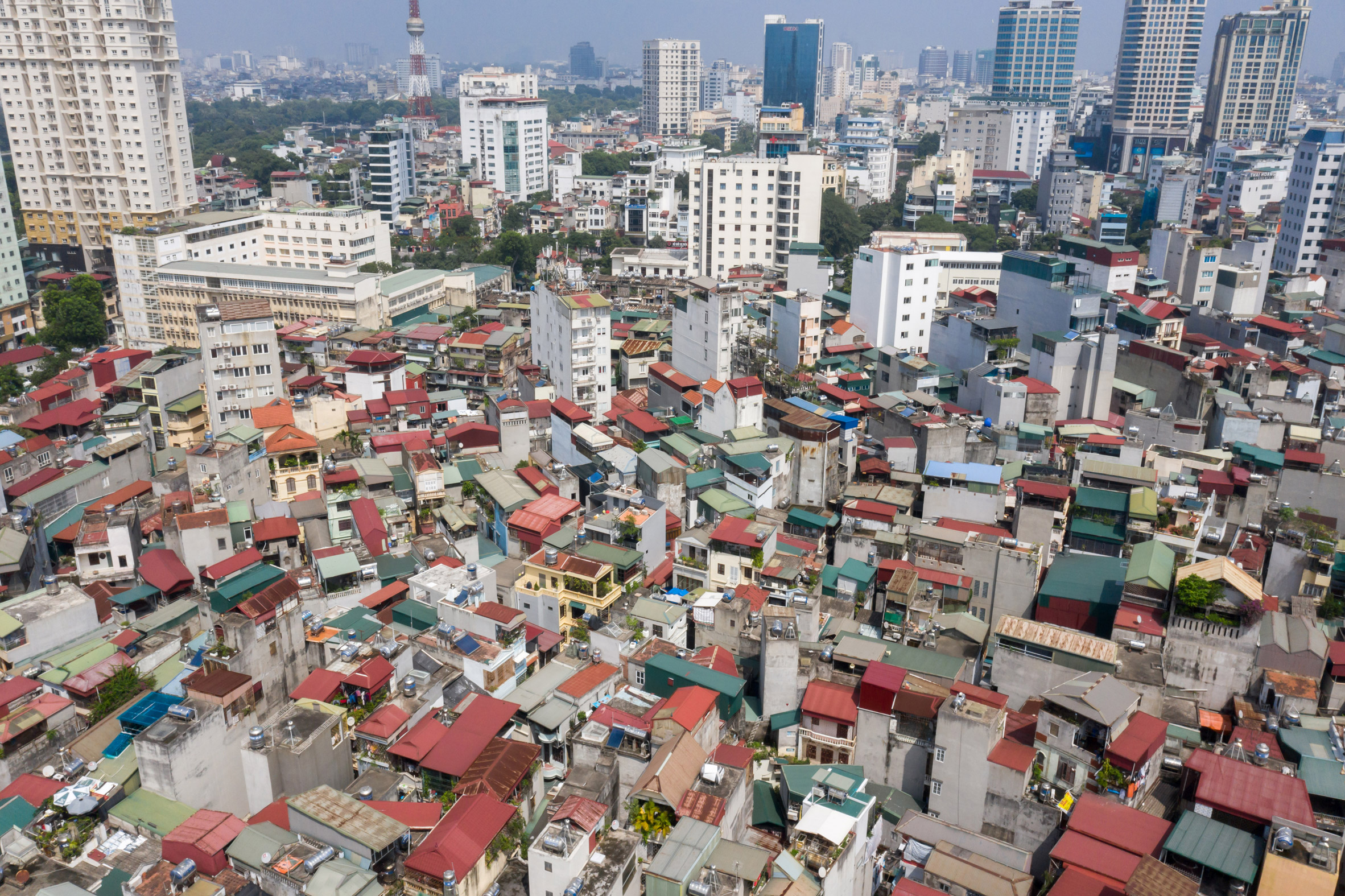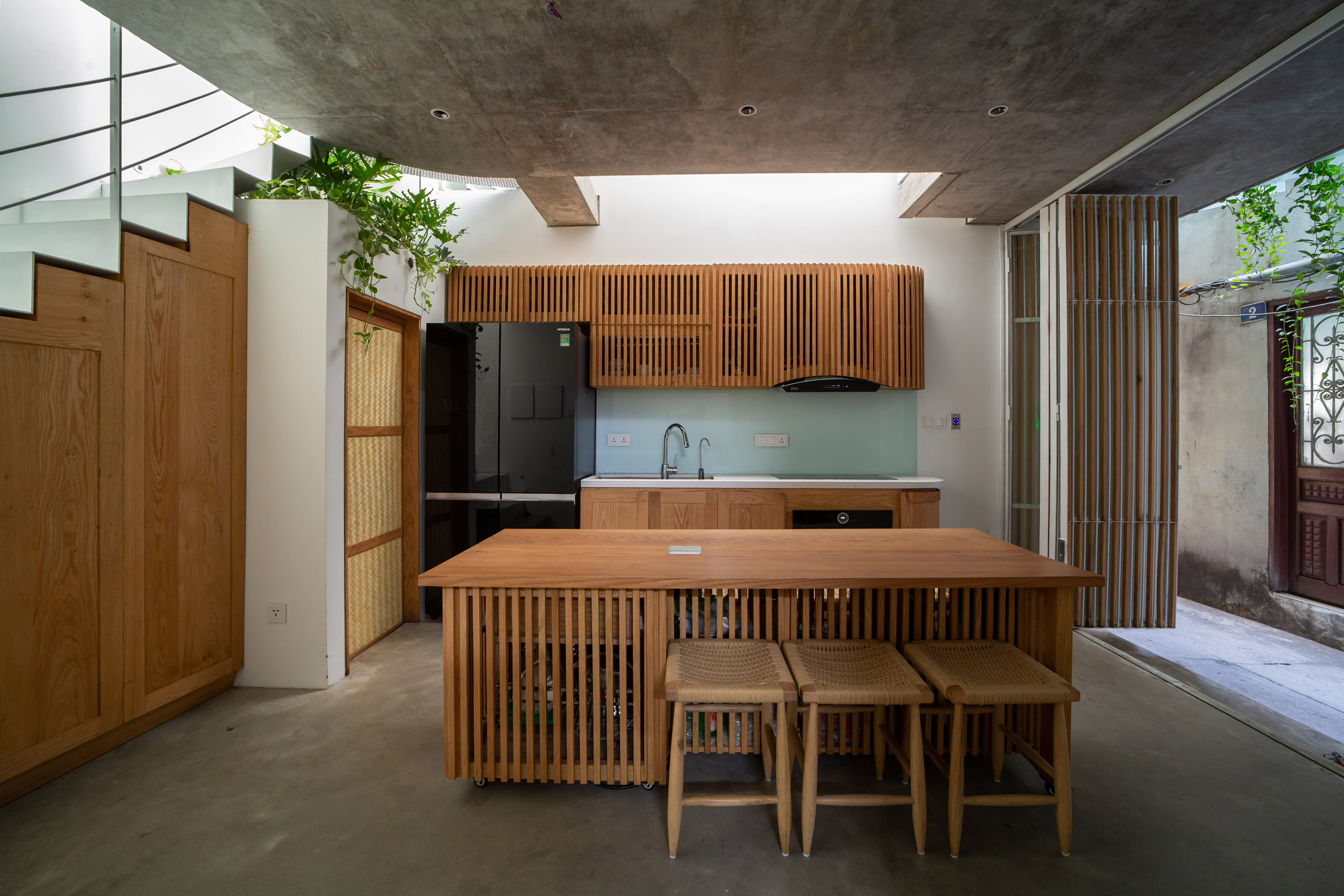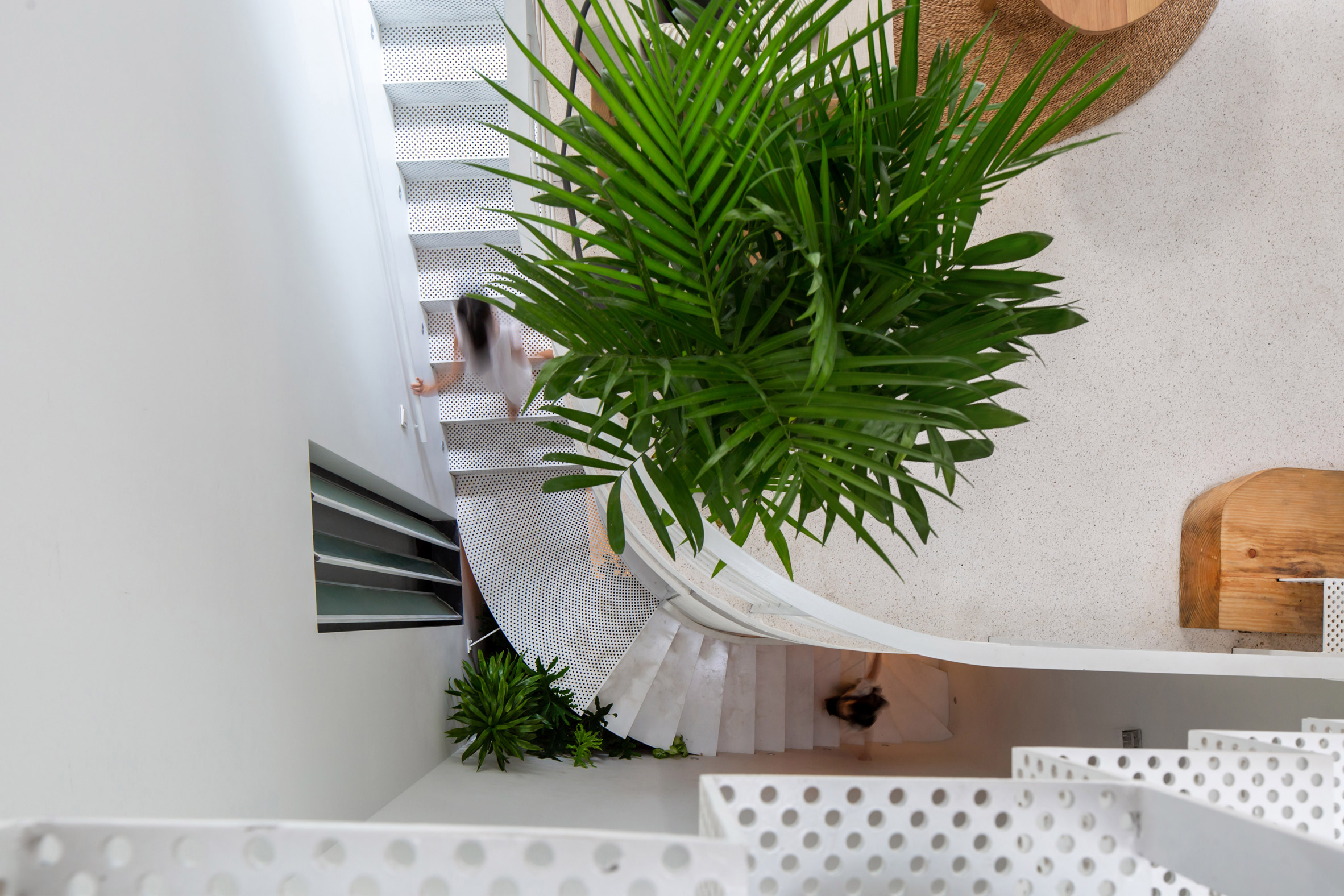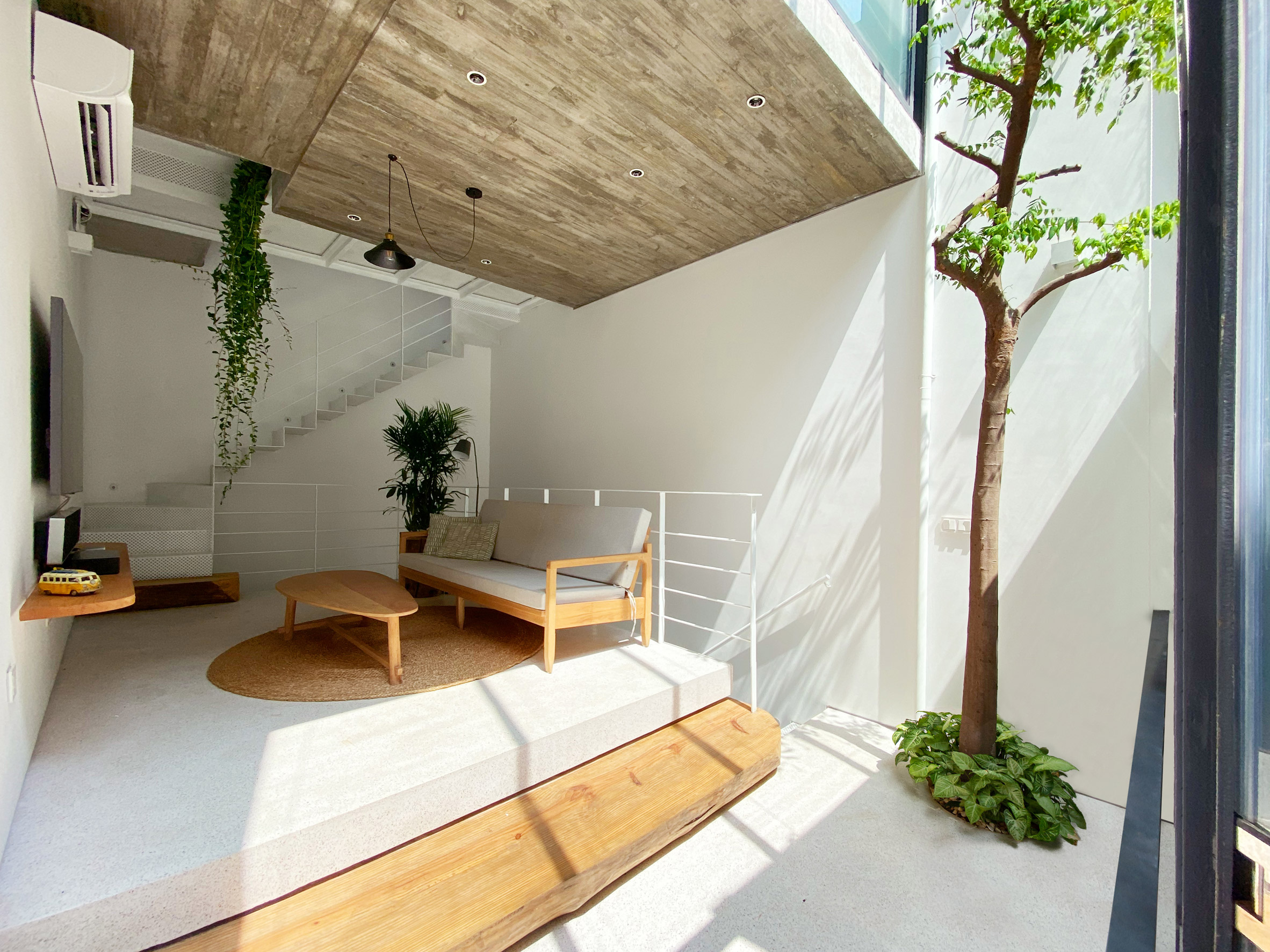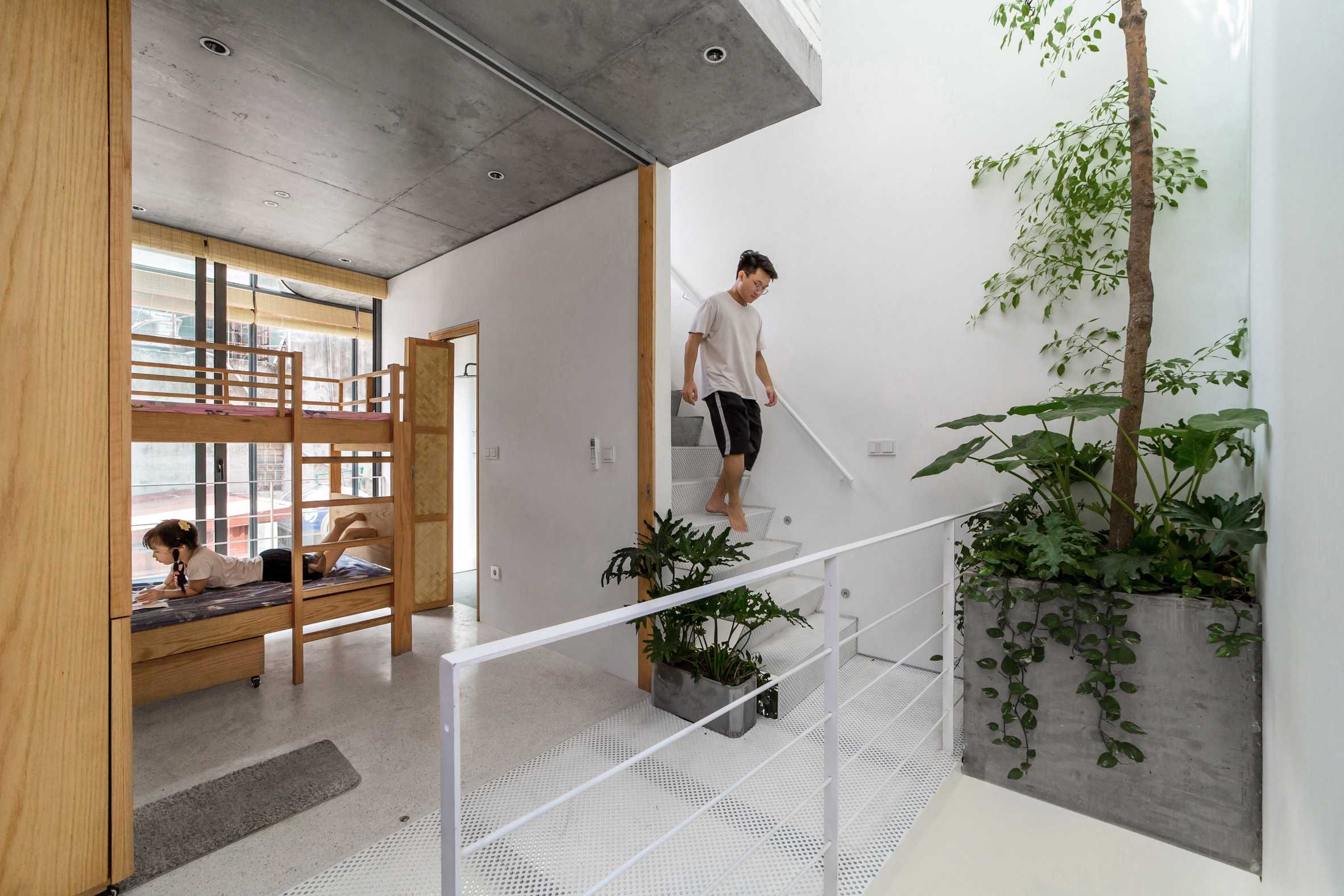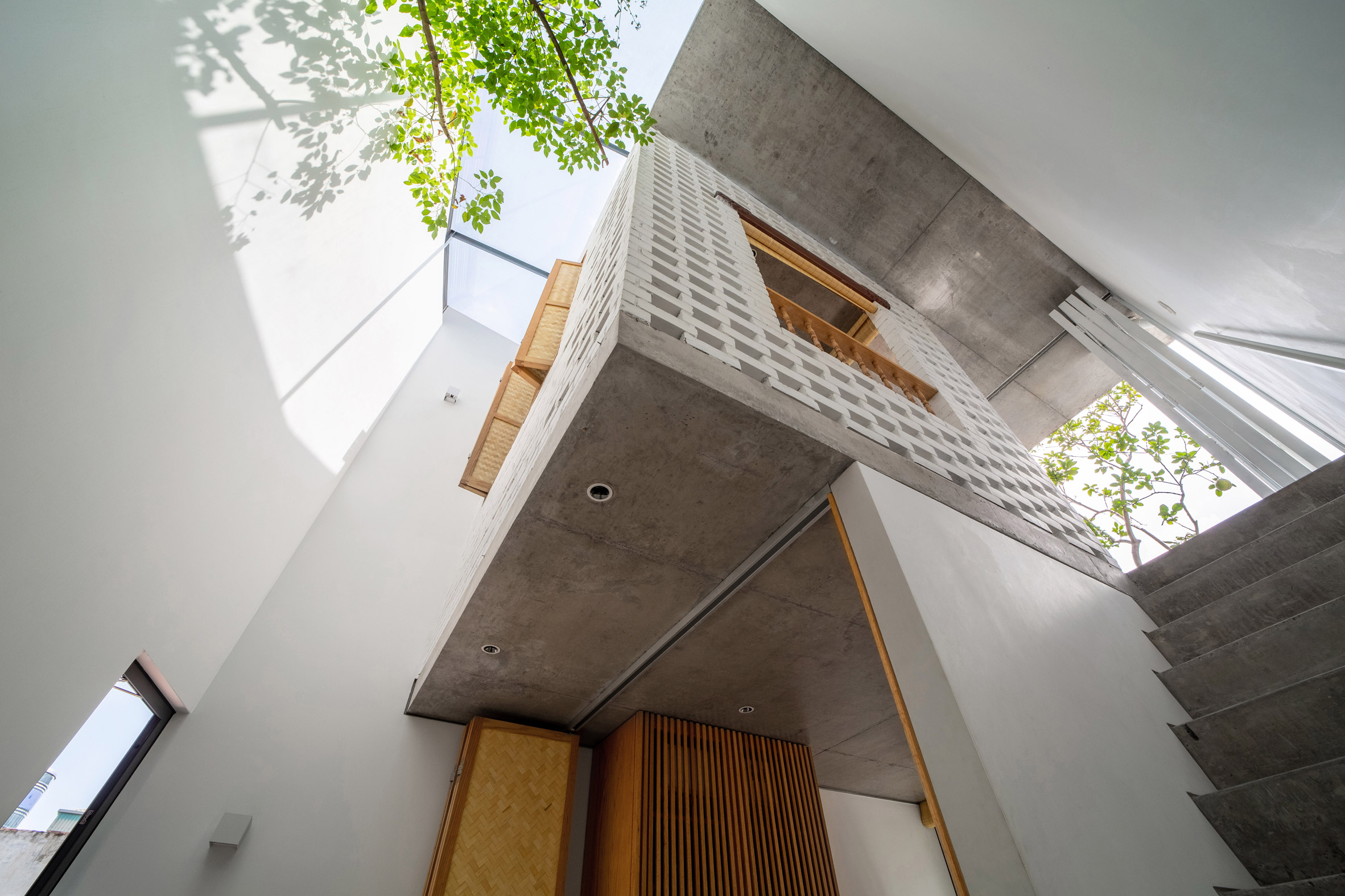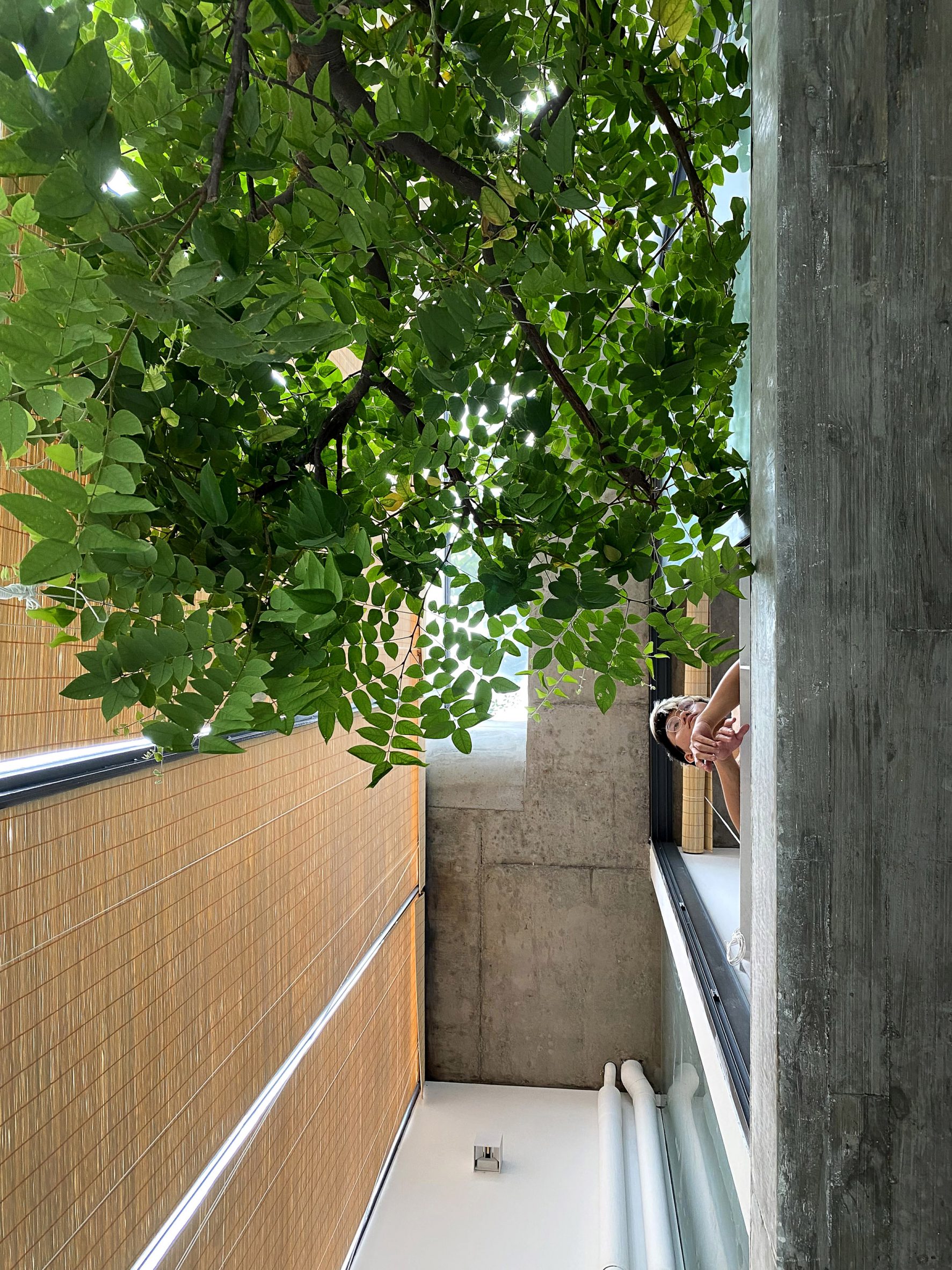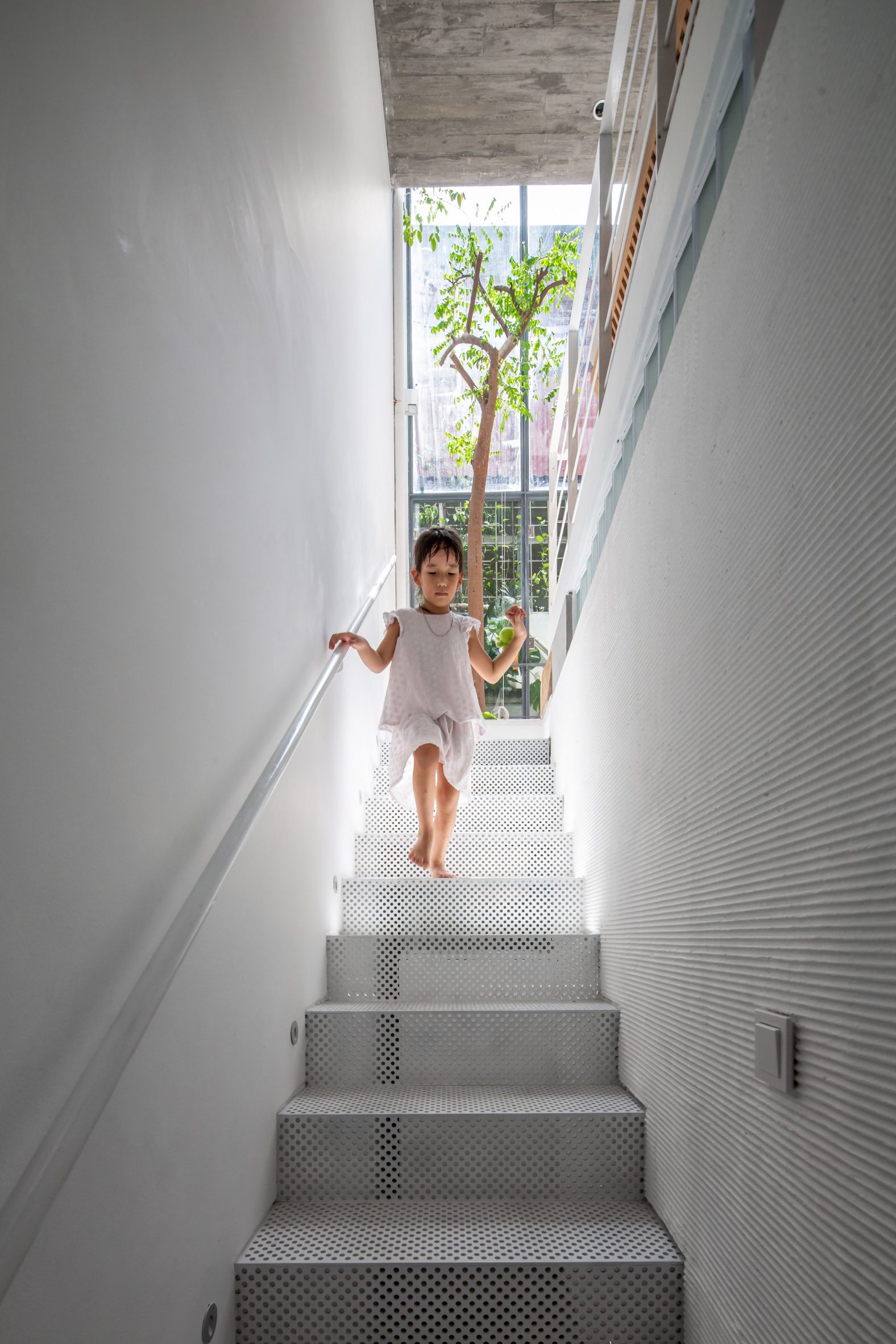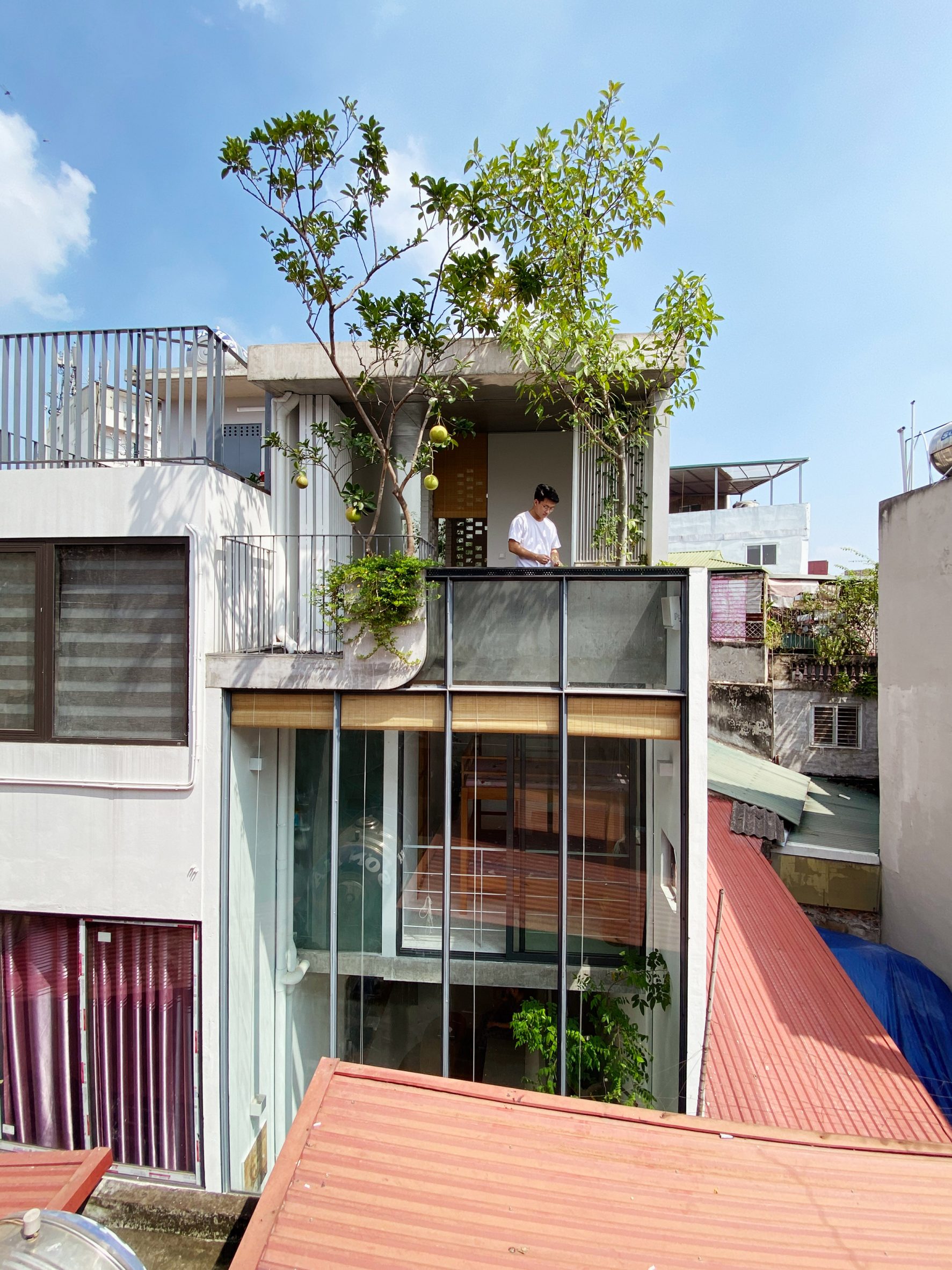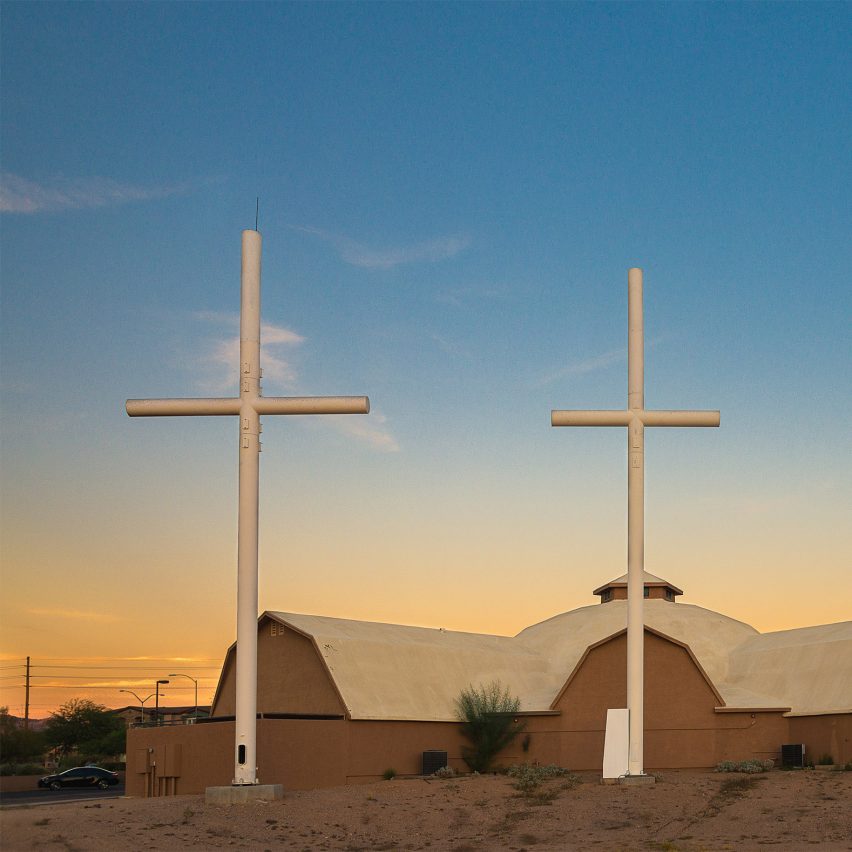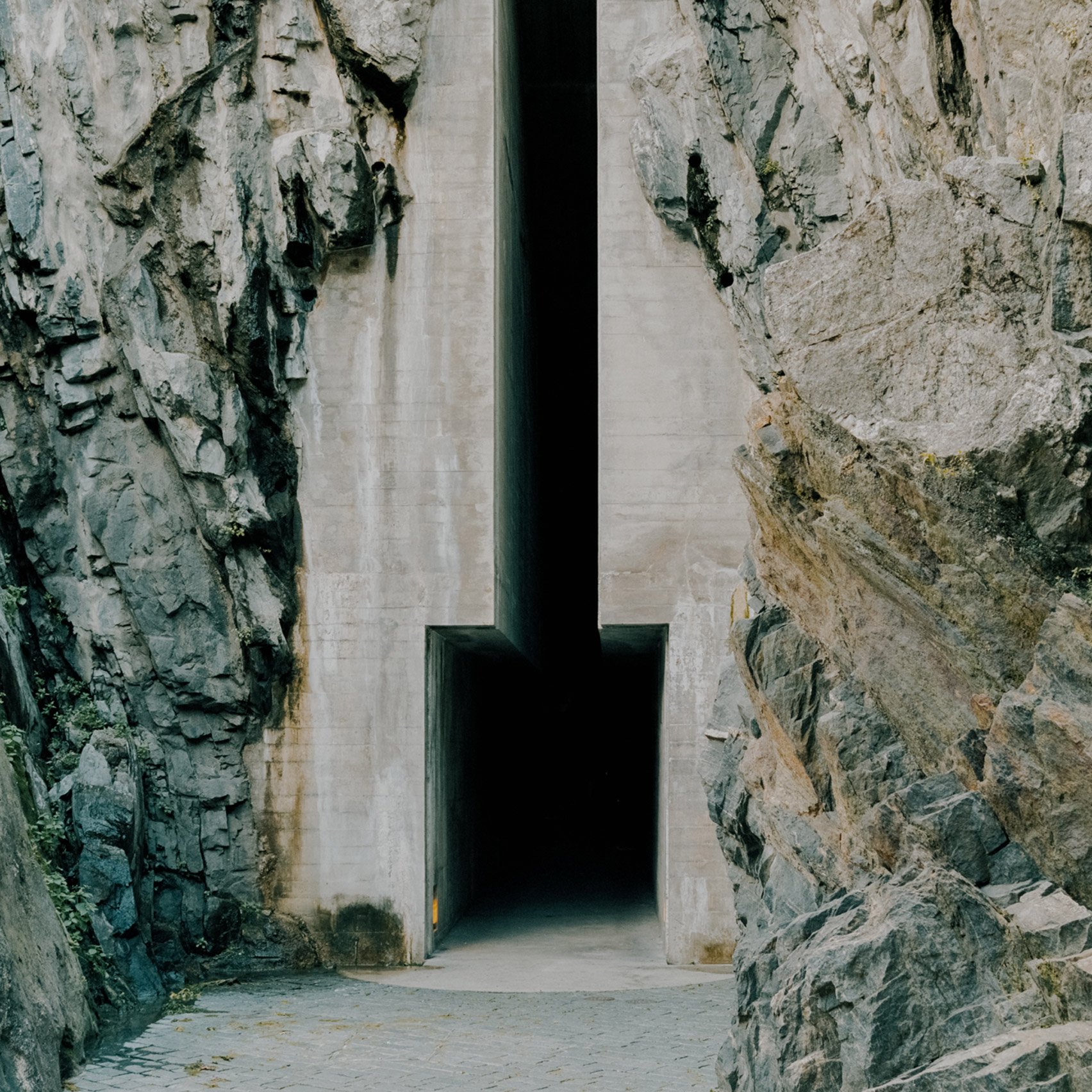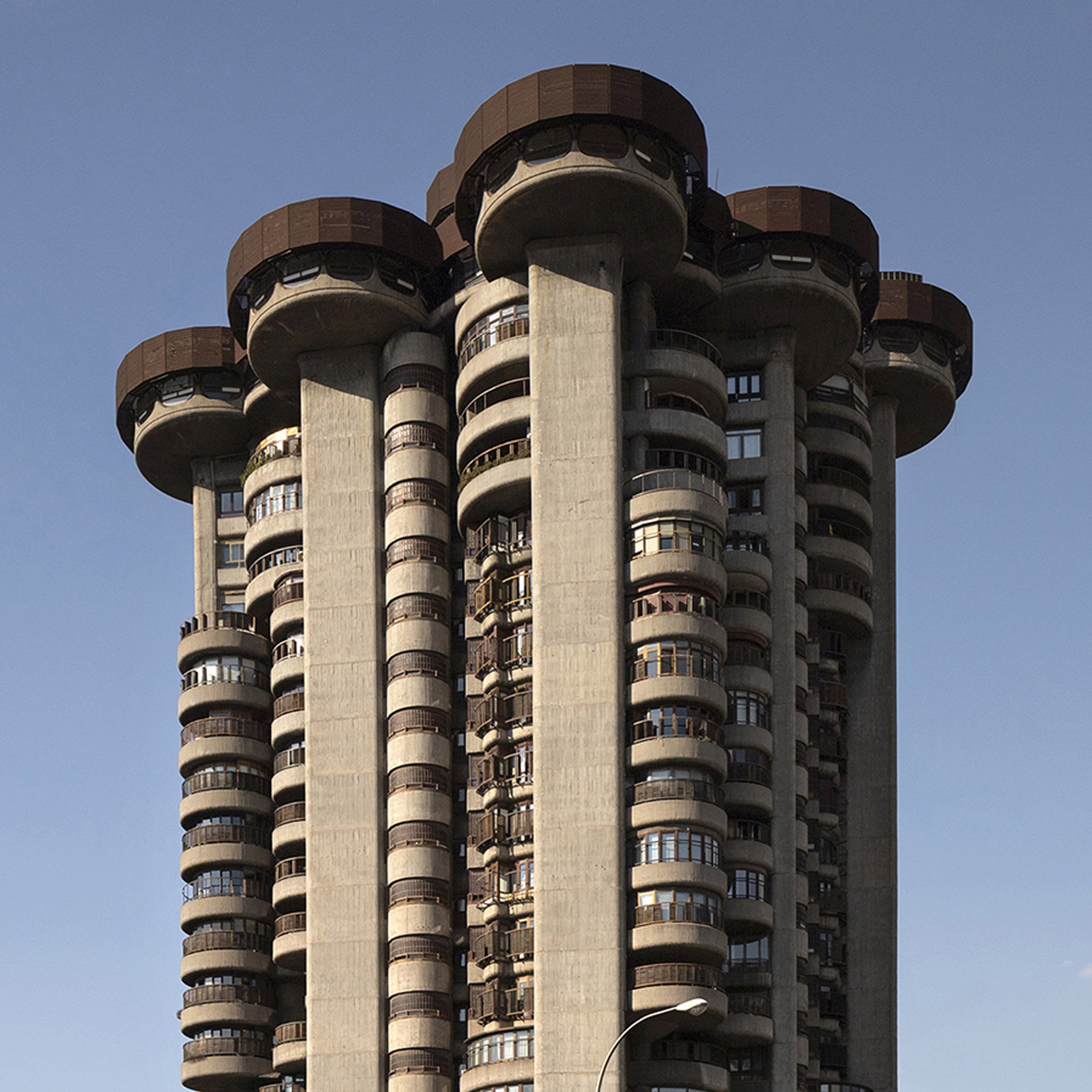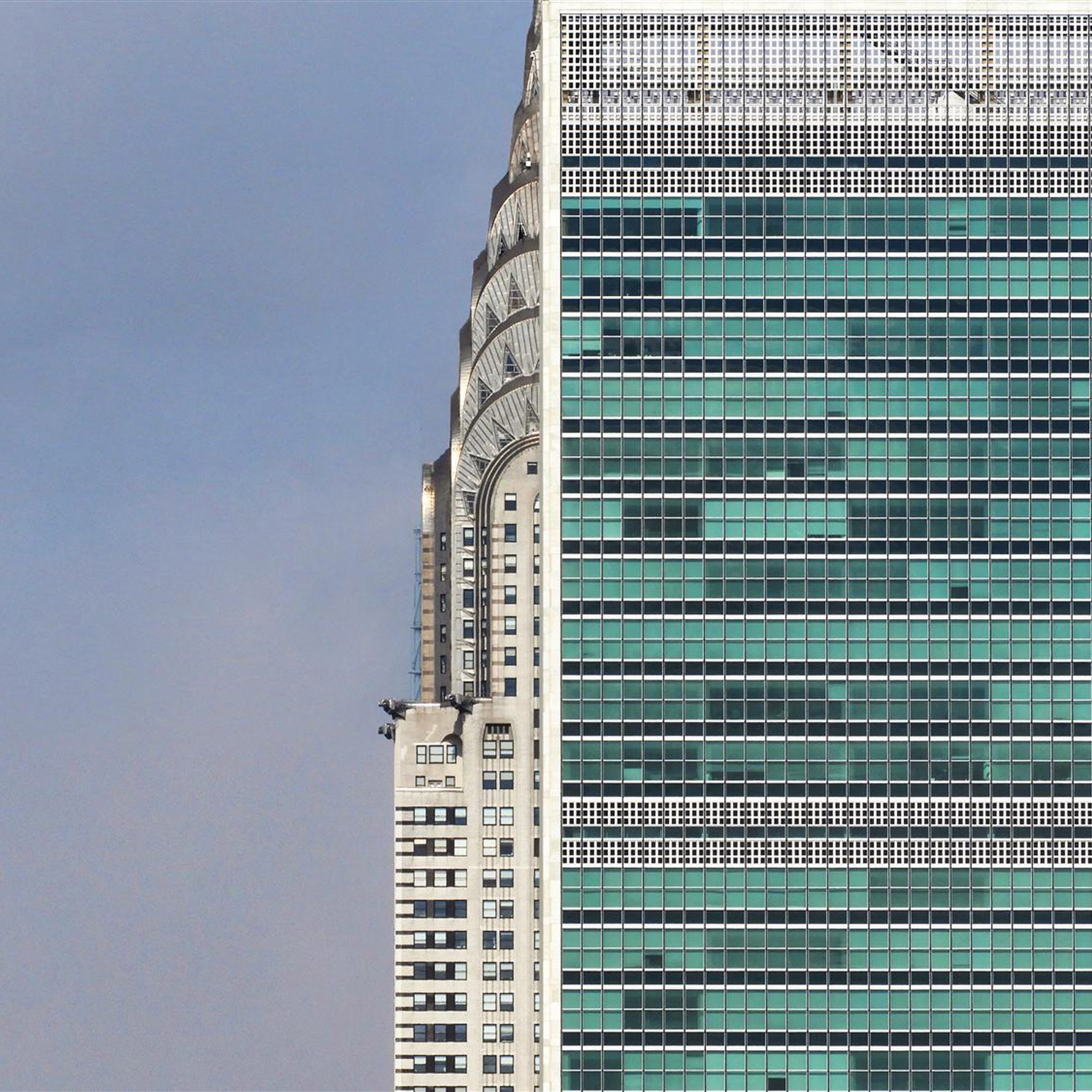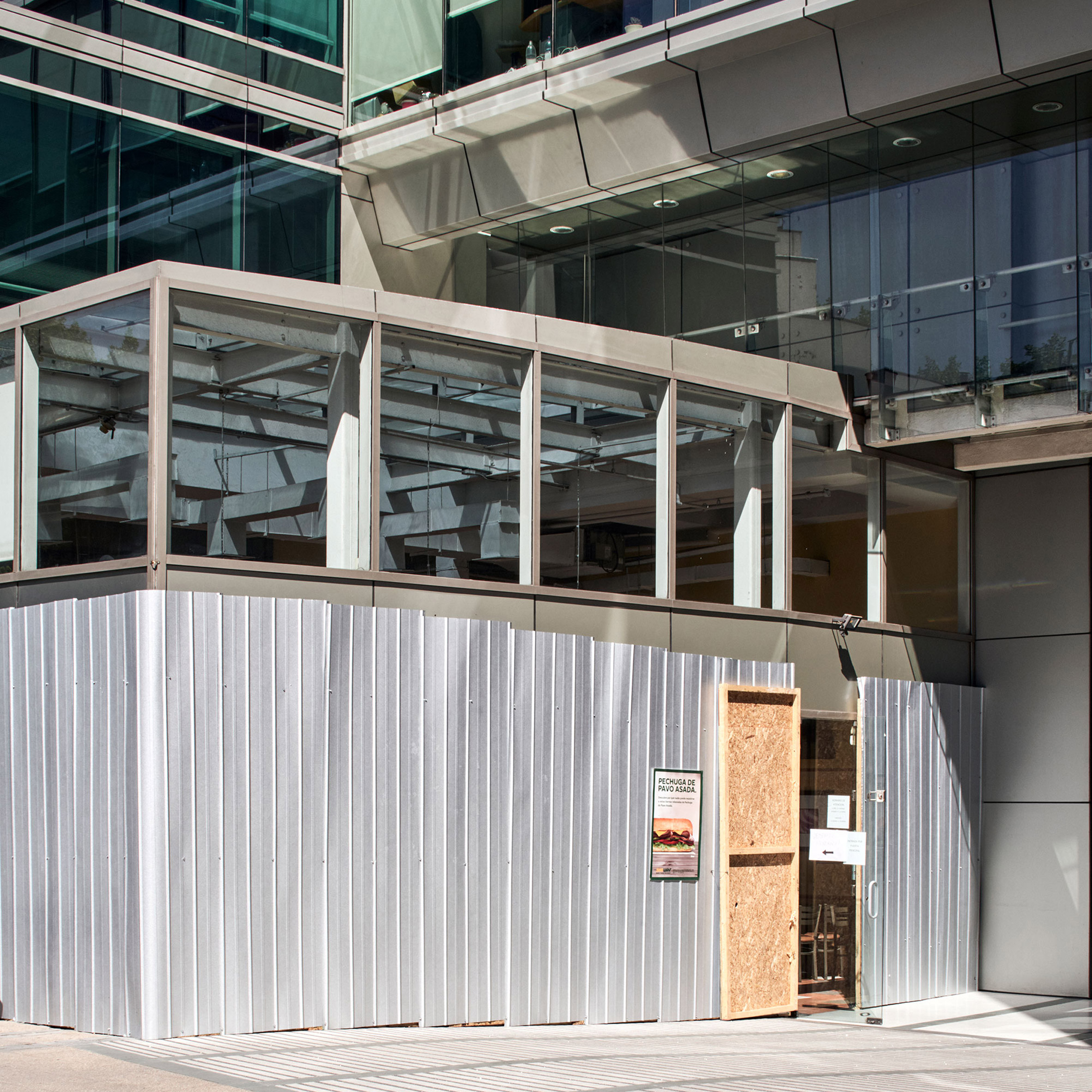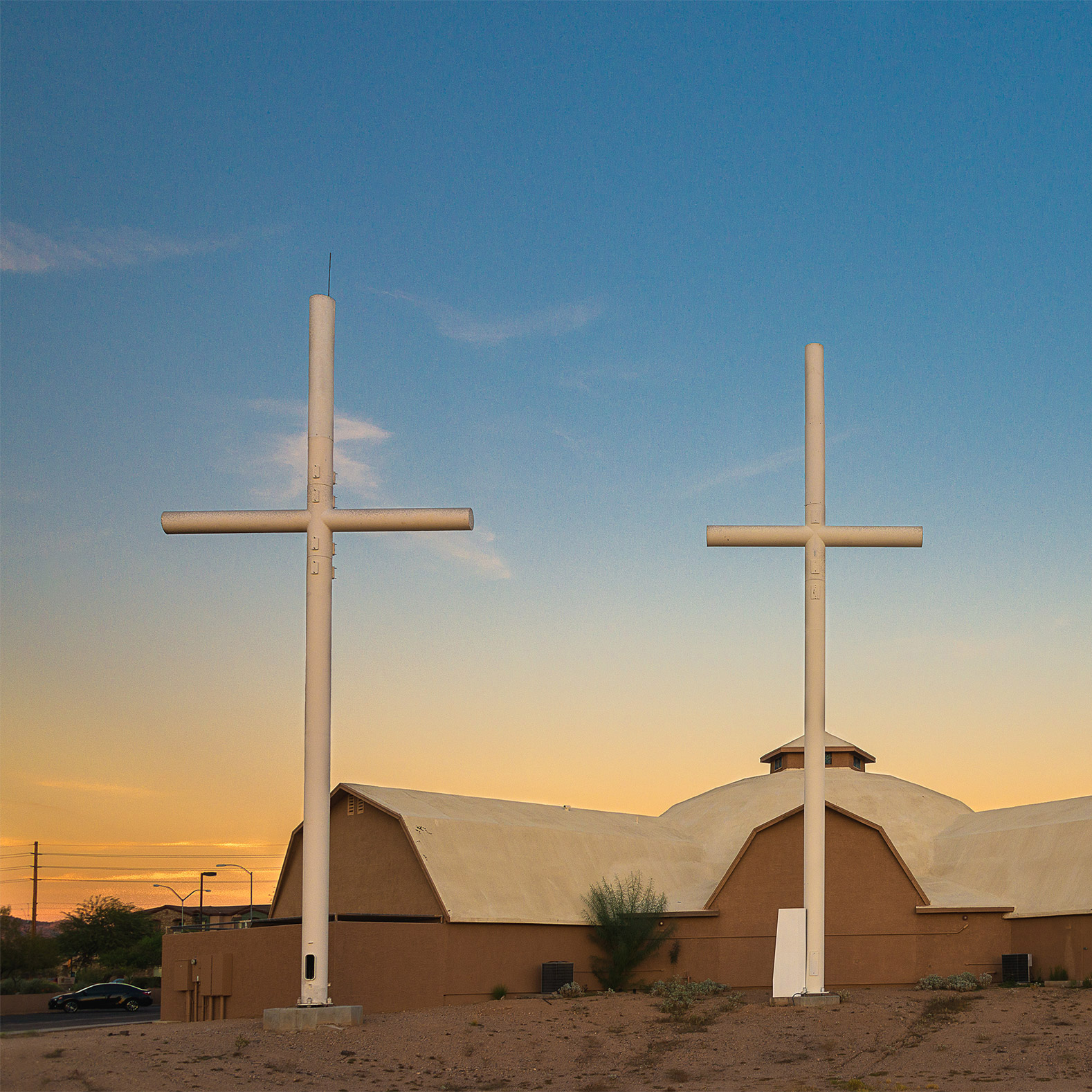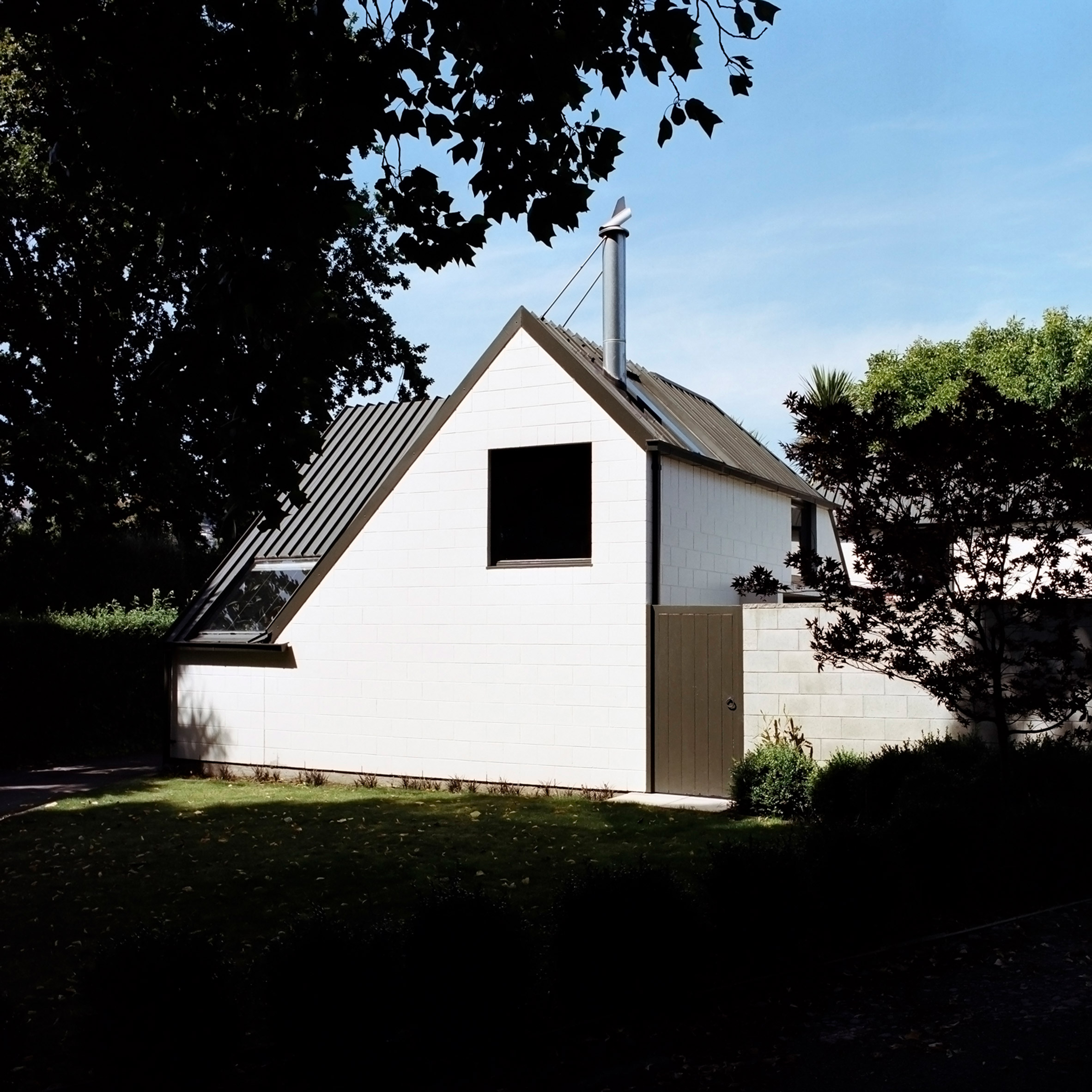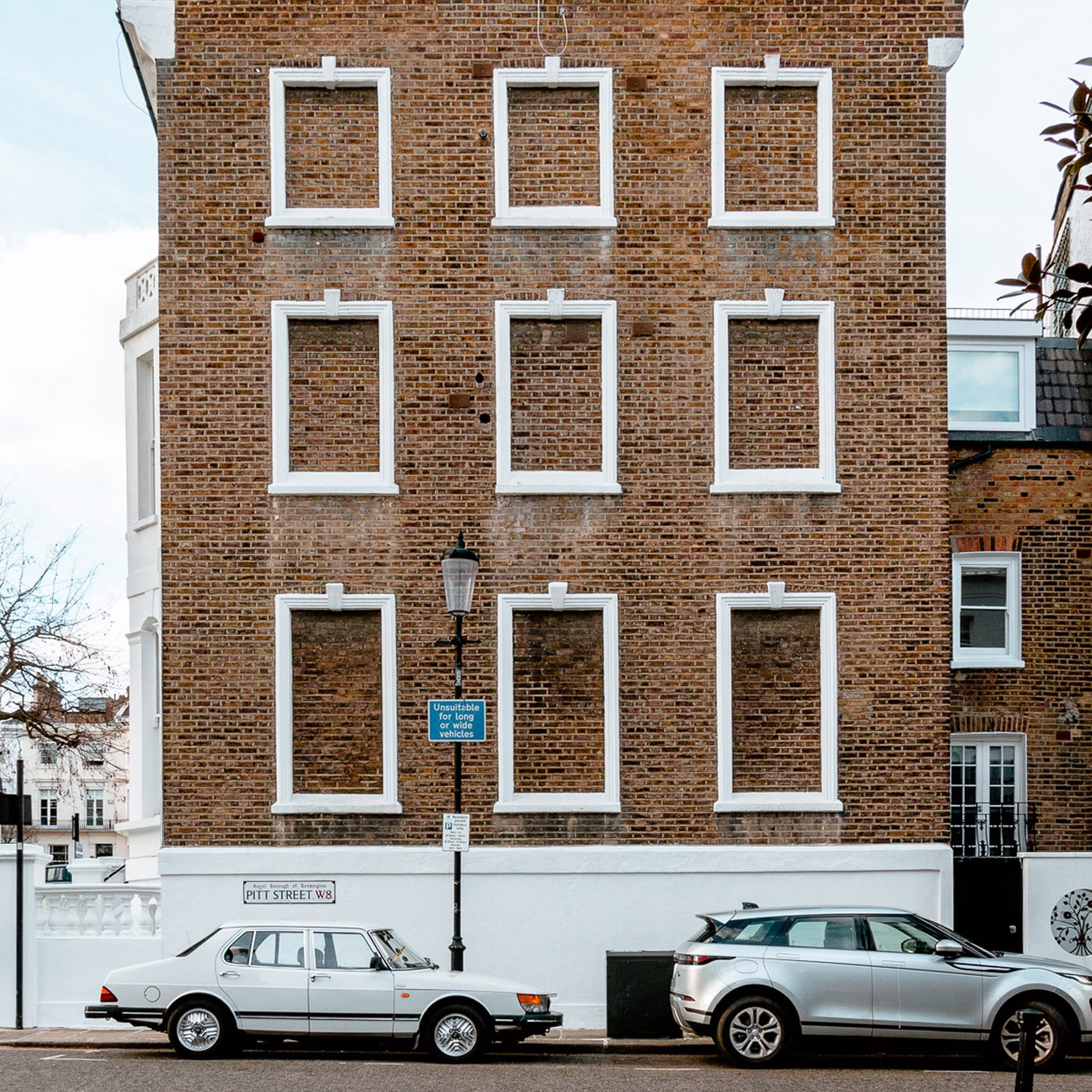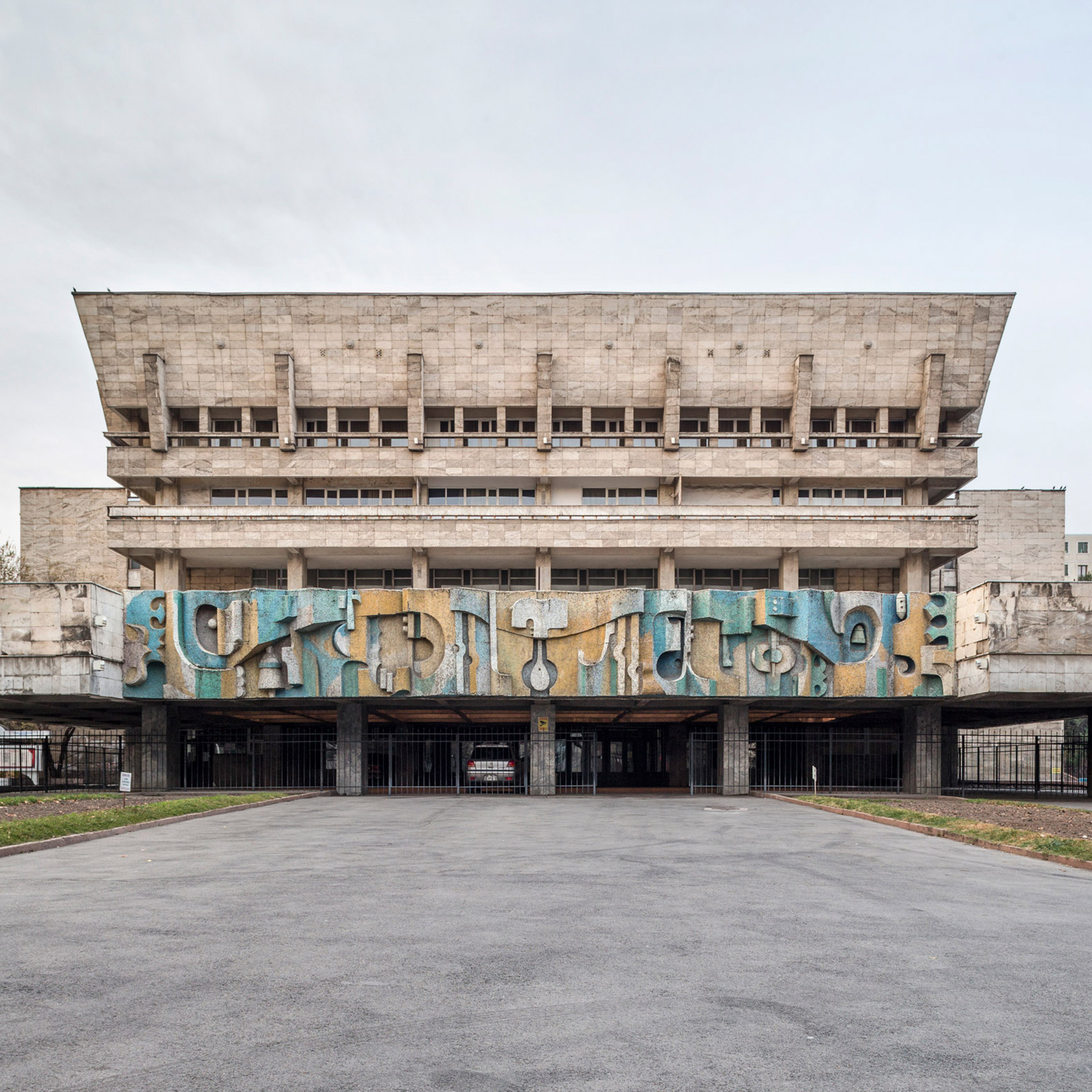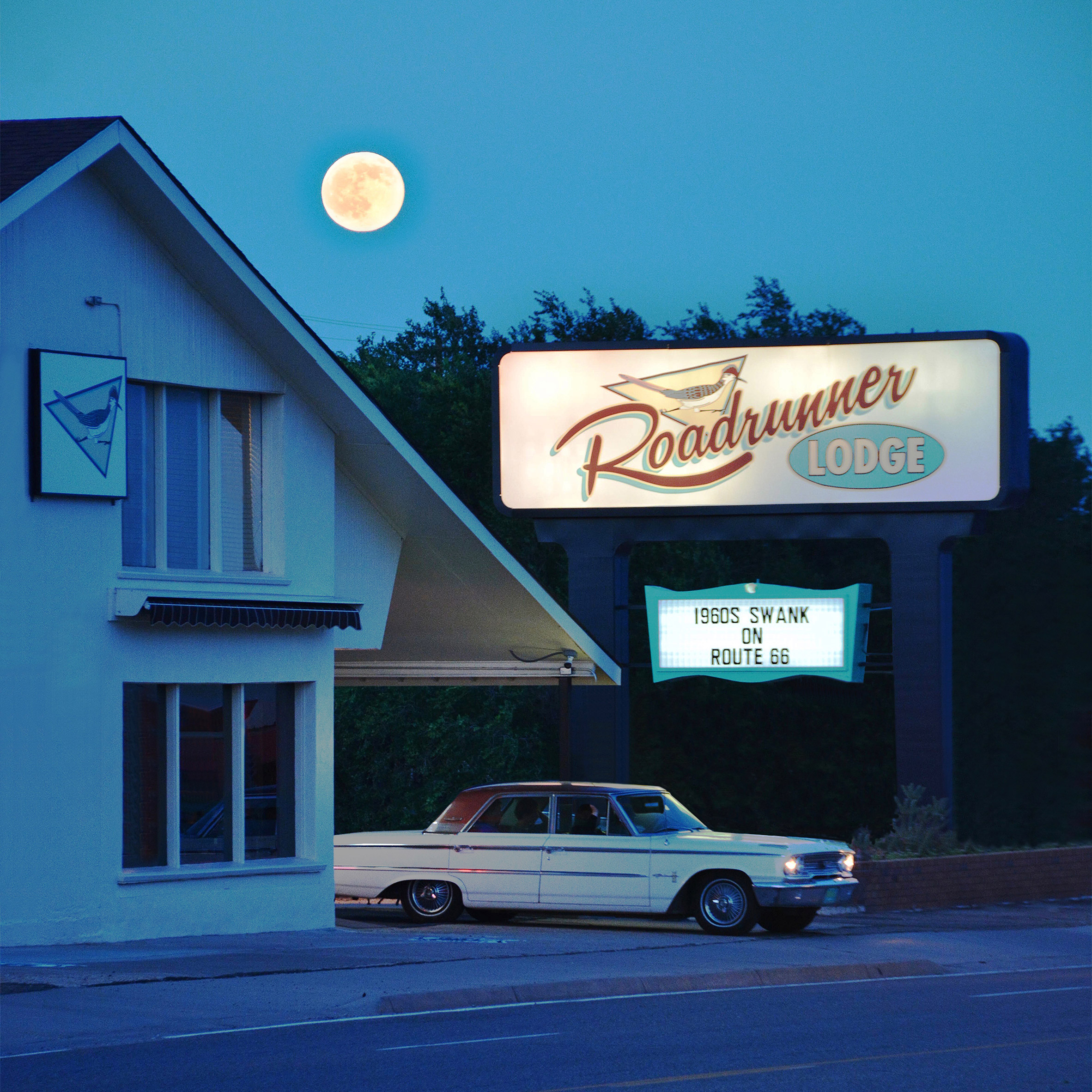
Dezeen promotion: Dezeen has teamed up with Japanese brand Muji to put together a Christmas gift guide, featuring festive candles, skincare sourced from Japanese mountains and winter accessories.
The guide also includes a range of stocking fillers including stationery, wooden toys, and 3D press-out puzzles that are designed "to keep the whole family entertained".
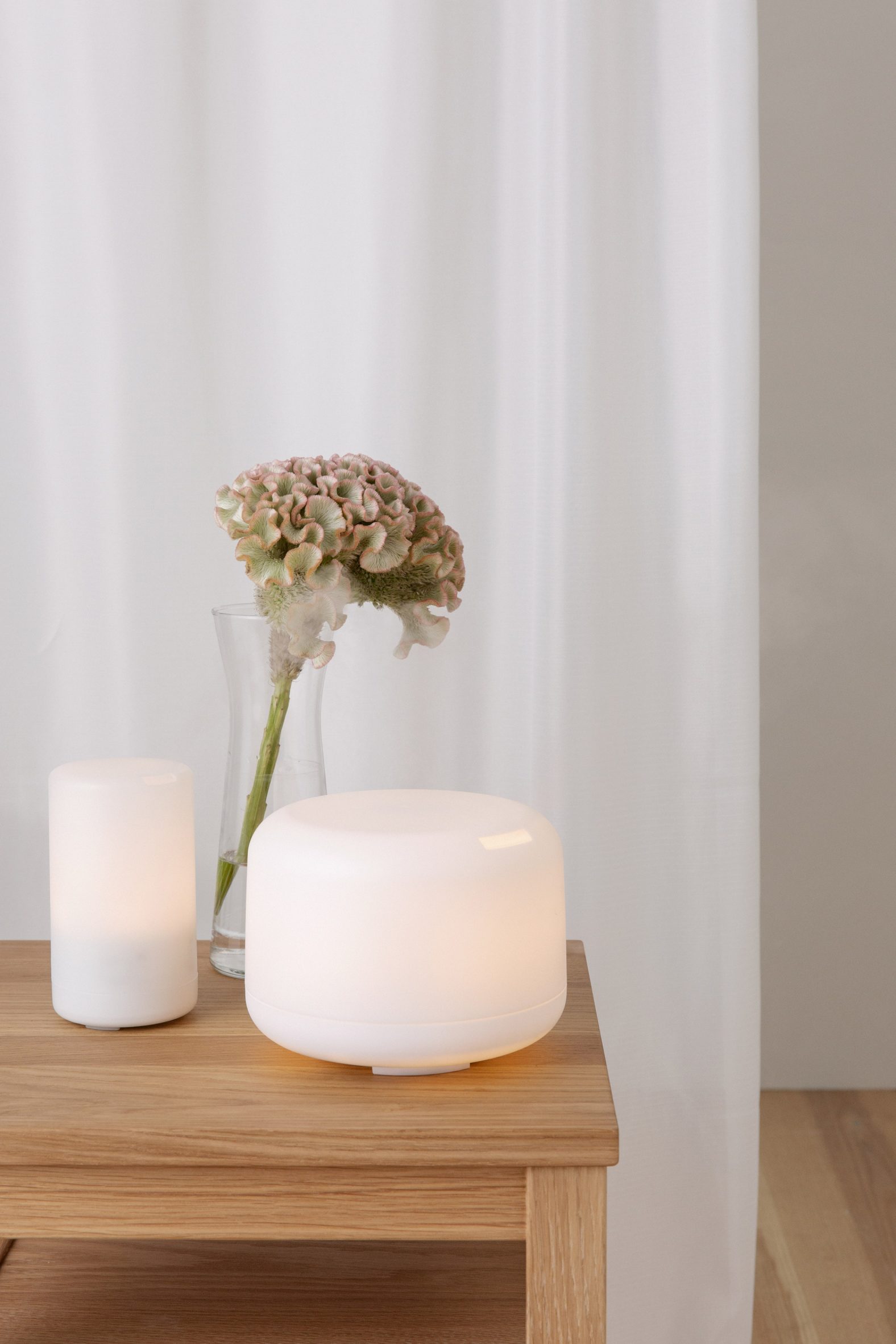
Aroma Diffuser
The Aroma Diffuser is one of Muji's bestselling products. It produces fragrant mist using ultrasonic waves that vaporise water and essential oil.
Muji has also launched a limited-edition festive essential oil set, designed to give users the "joy of aromatherapy at home".
Muji diffusers are designed to be easy to use. The diffuser has two light settings that users can choose from. It also comes in different sizes, including a portable version.
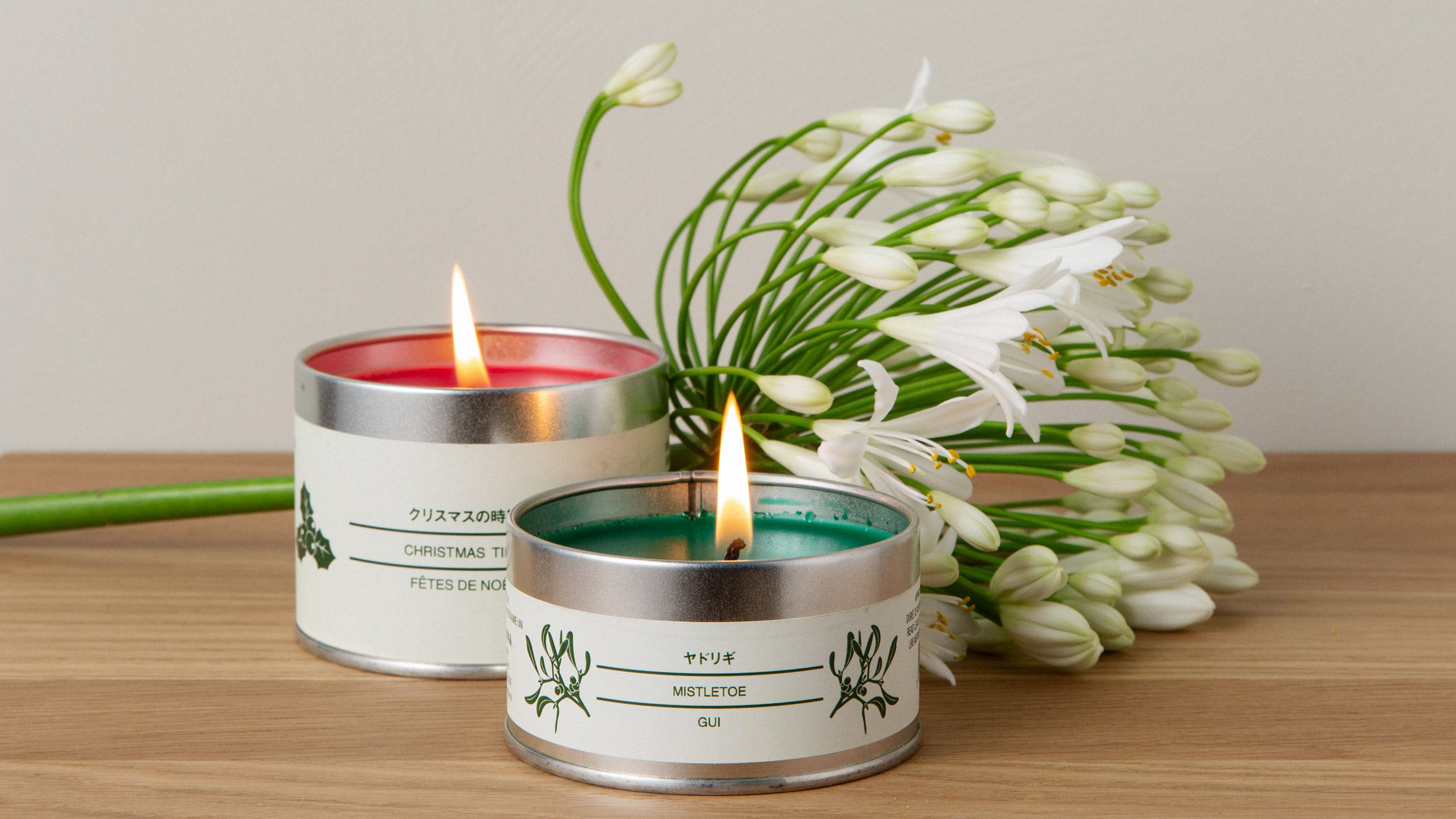
Tin Candles
One of the brand's most popular stocking fillers, Muji candles come in metal tins and in a range of festive scents including Gold and Myrrh, Mistletoe, and a "Christmas" scent.
Gold and Myrrh is intended to "create a Christmas ambiance throughout the room with a deep, wonderful aroma".
Mistletoe has a fruity fragrance combining winter berries with soft spices, jasmine and vanilla caramel.
Muji's Christmas candle has notes of orange, vanilla, cherry, cinnamon, nutmeg, and cardamom and is intended to create an inviting, seasonal fragrance in the home.
All candles are available in standard and large sizes.
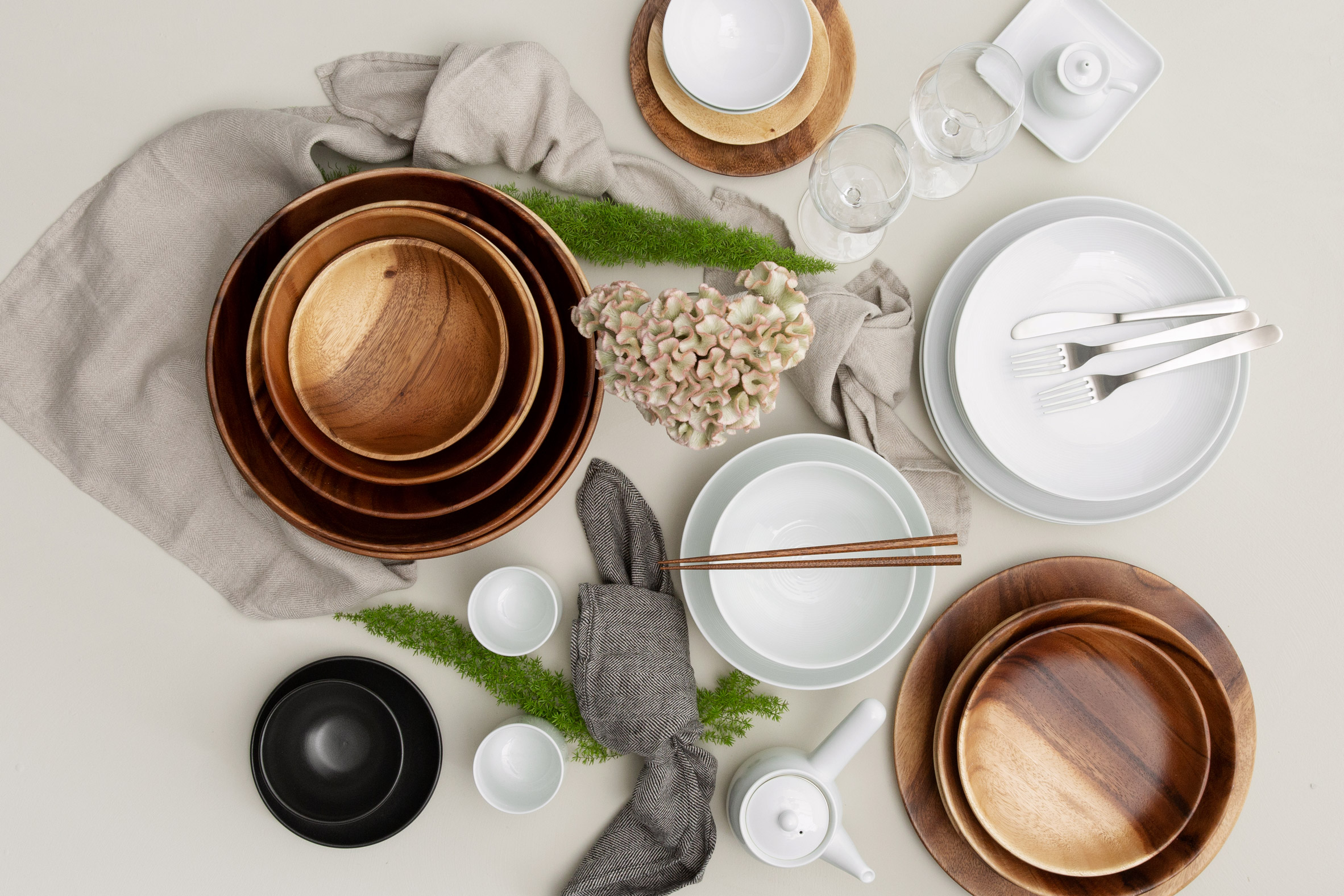
Tableware
Muji has developed a range of contemporary tableware that can be mixed and matched to create elegant table settings for the festive season.
The range features Acacia plates and bowls, and soft table linen.

Skincare
The brand's skincare range is sourced from the Japanese mountains and includes light toning water and cleanser. The products are infused with soft water and intend to leave the user's skin feeling polished and hydrated.
Muji's skincare comes in three ranges: Clear Care, Sensitive and Ageing Care.
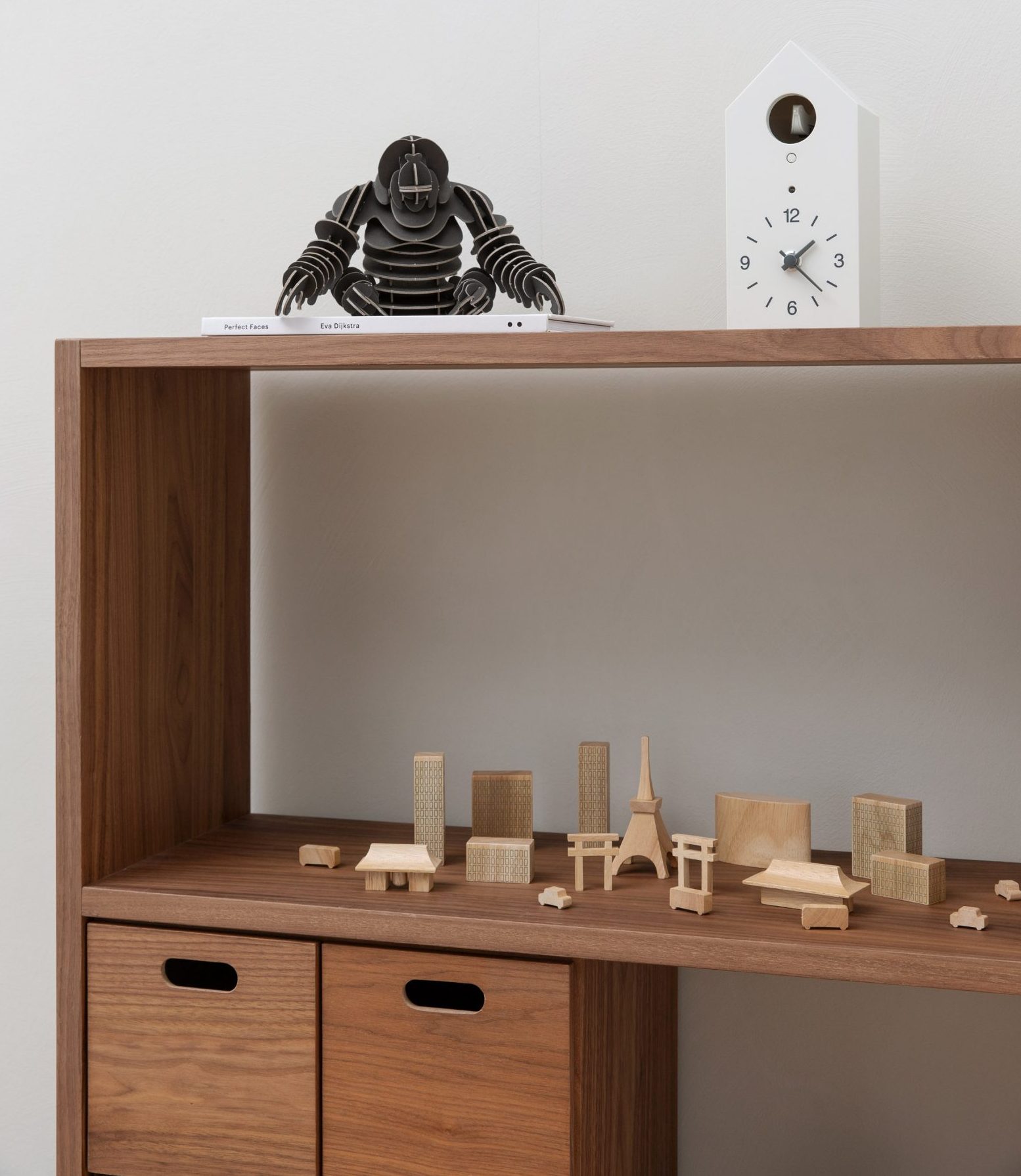
Toys
Muji has created a selection of toys designed to "keep the whole family entertained" including bowling pins, wool felt animals, wooden toys, and 3D press-out puzzles.
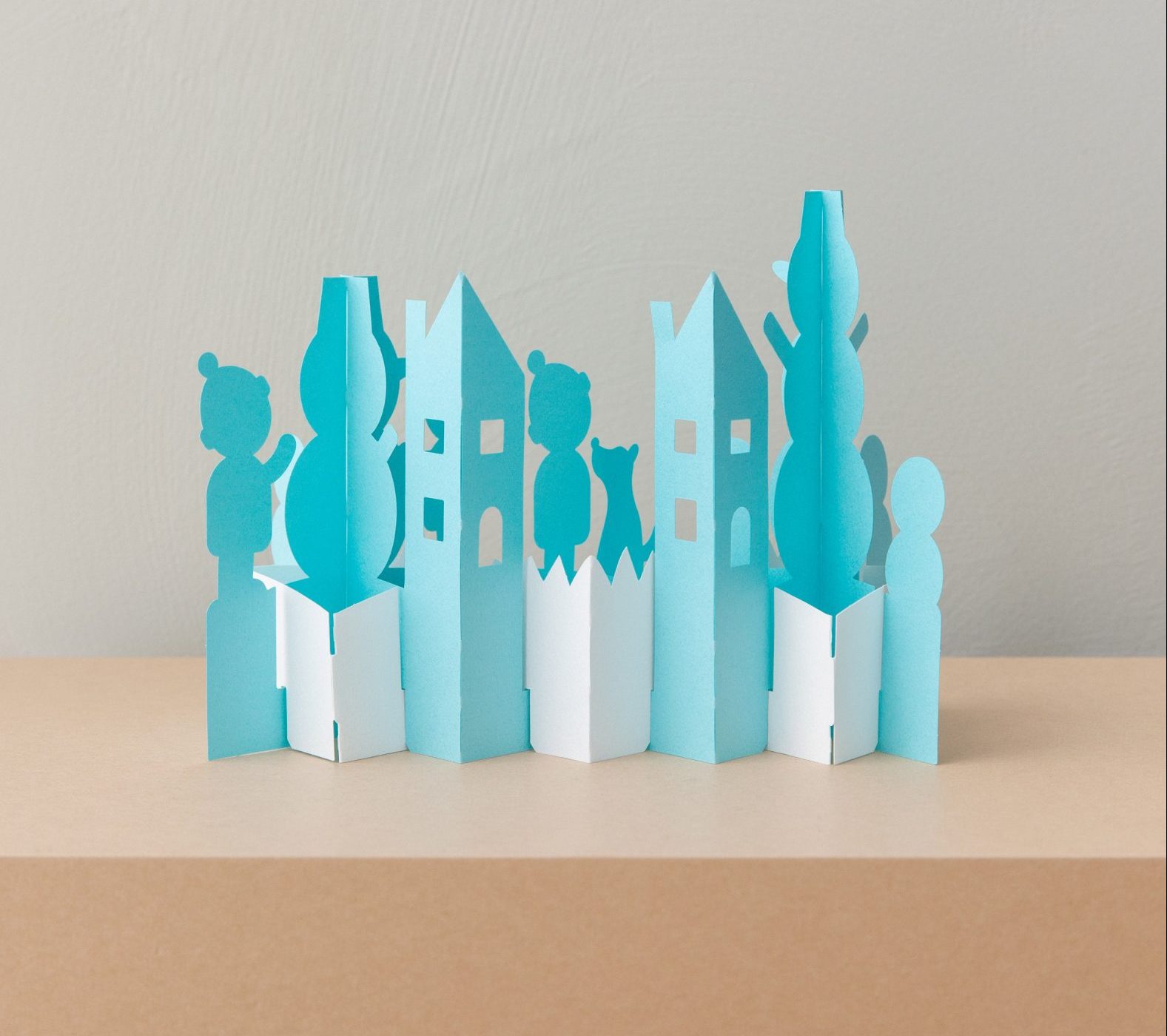
Christmas cards
Muji's pop-up paper Christmas cards reveal festive Christmas scenes.
The cards come in three designs: a Santa and reindeer in red, a snowman in white and blue and a festive town in green. The cards include a blank envelope and are the same size as a postcard at 105 by 148 millimeters.
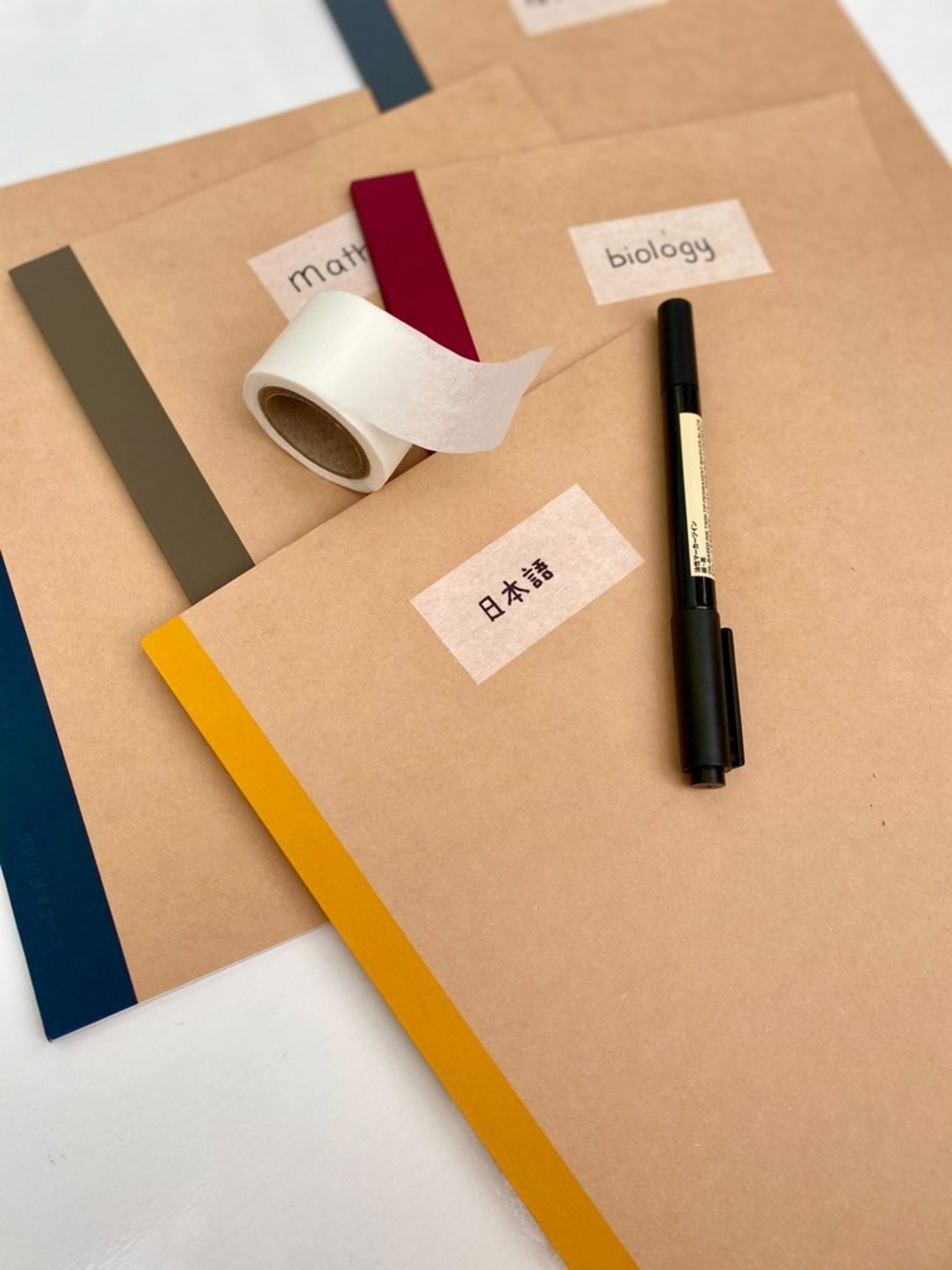
Washi Tape
Muji's range of decorative tapes are made from rice paper and can be used for wrapping presents or crafting.
Available in red and navy, the tapes come in a range of patterned designs.
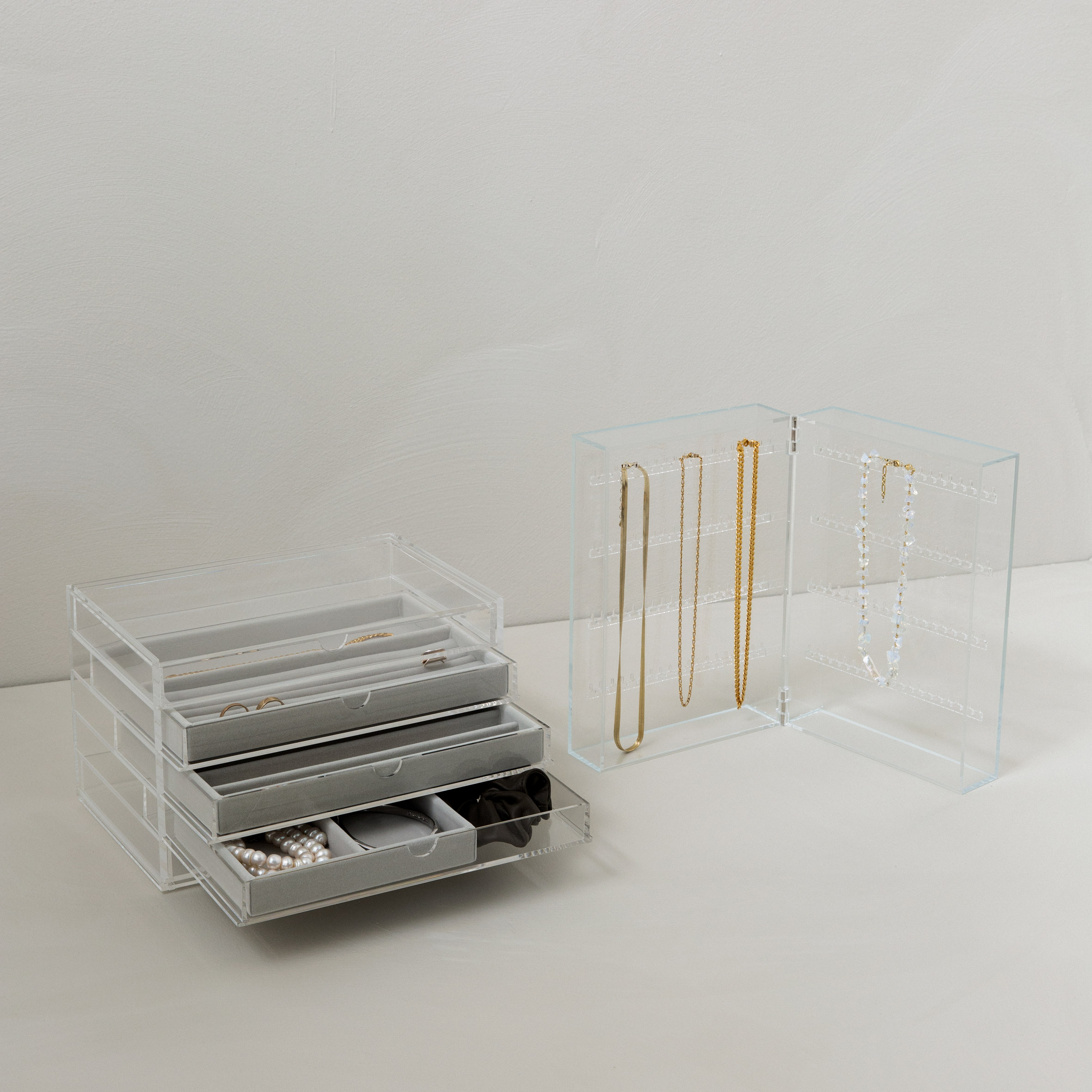
Acrylic Storage
Muji offers clear and stackable boxes for organising objects including beauty and makeup products.
The boxes are available in a range of sizes, with the option of narrow or wide drawers.
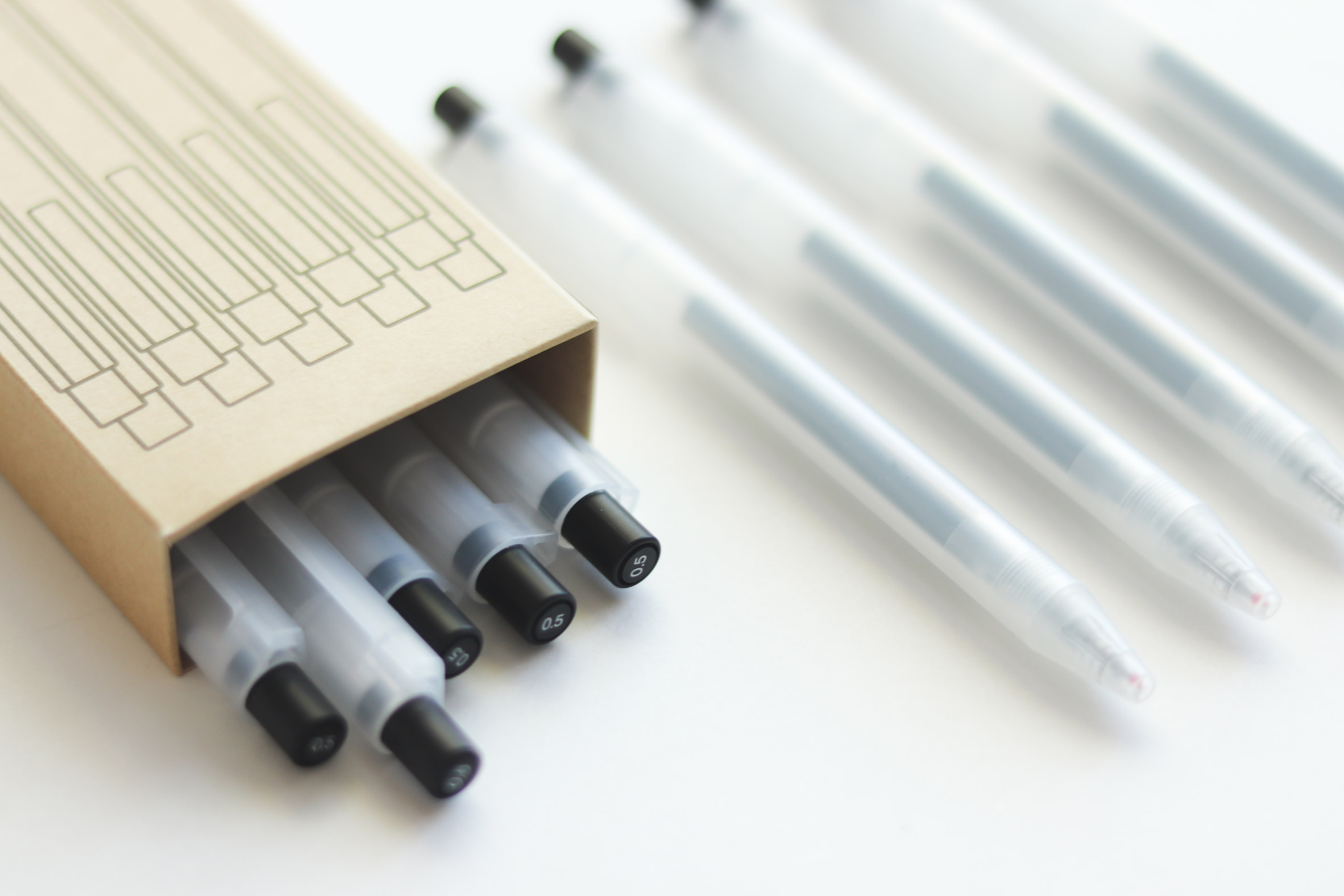
Pens
An excellent stocking filler, Muji's gel ink ballpoint pens can be used for studying, working from home, jotting down notes, and bullet journaling.
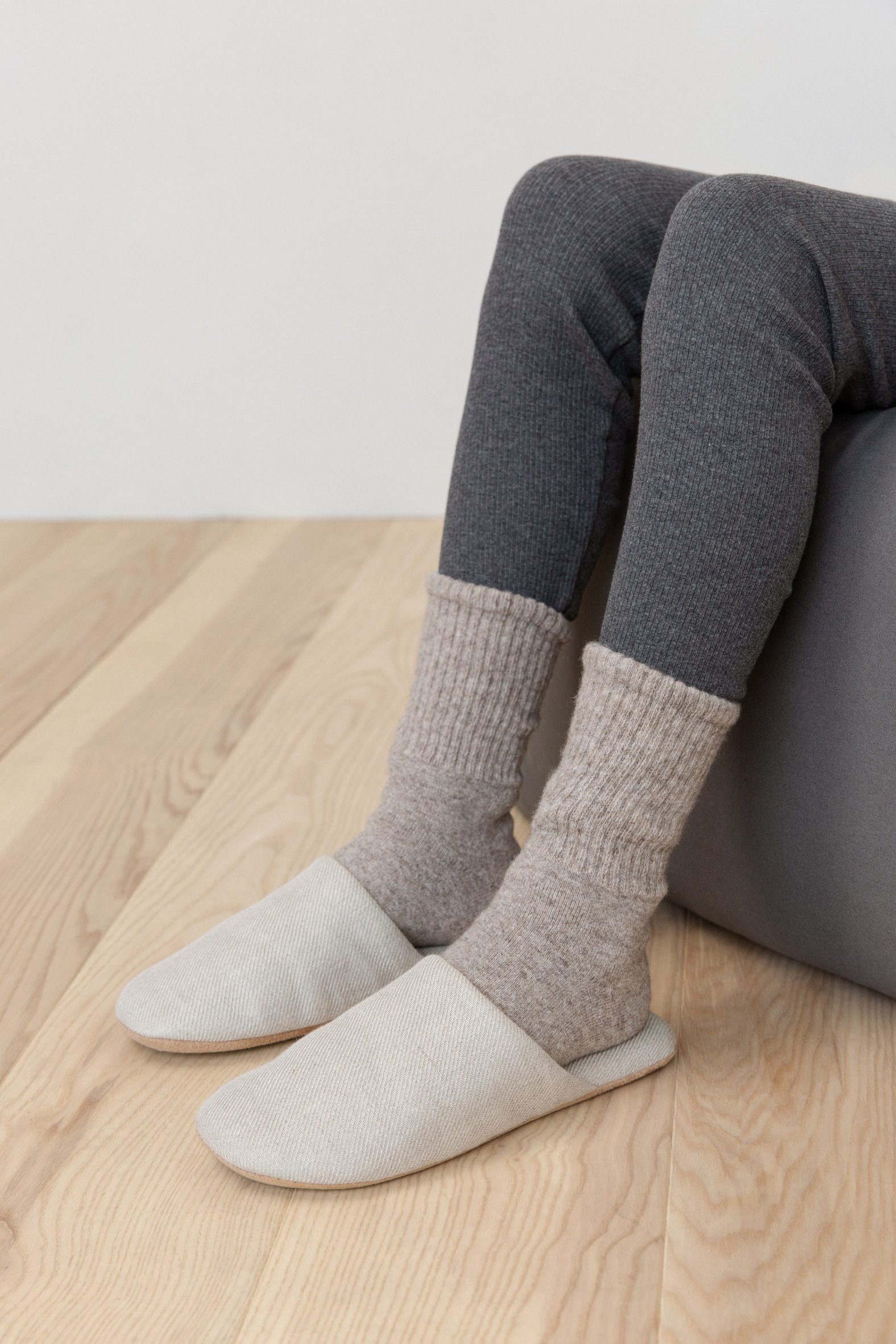
Slipper socks
Muji has a wide selection of socks and slippers, which come in a range of neutral tones and patterns. The brand's cotton socks are designed to grip at the ankle and support the arches of feet "resulting in all-day comfort for those who walk a lot".
Muji's slippers are also made to be extra comfortable and have insoles, which allows body pressure to be dispersed evenly.
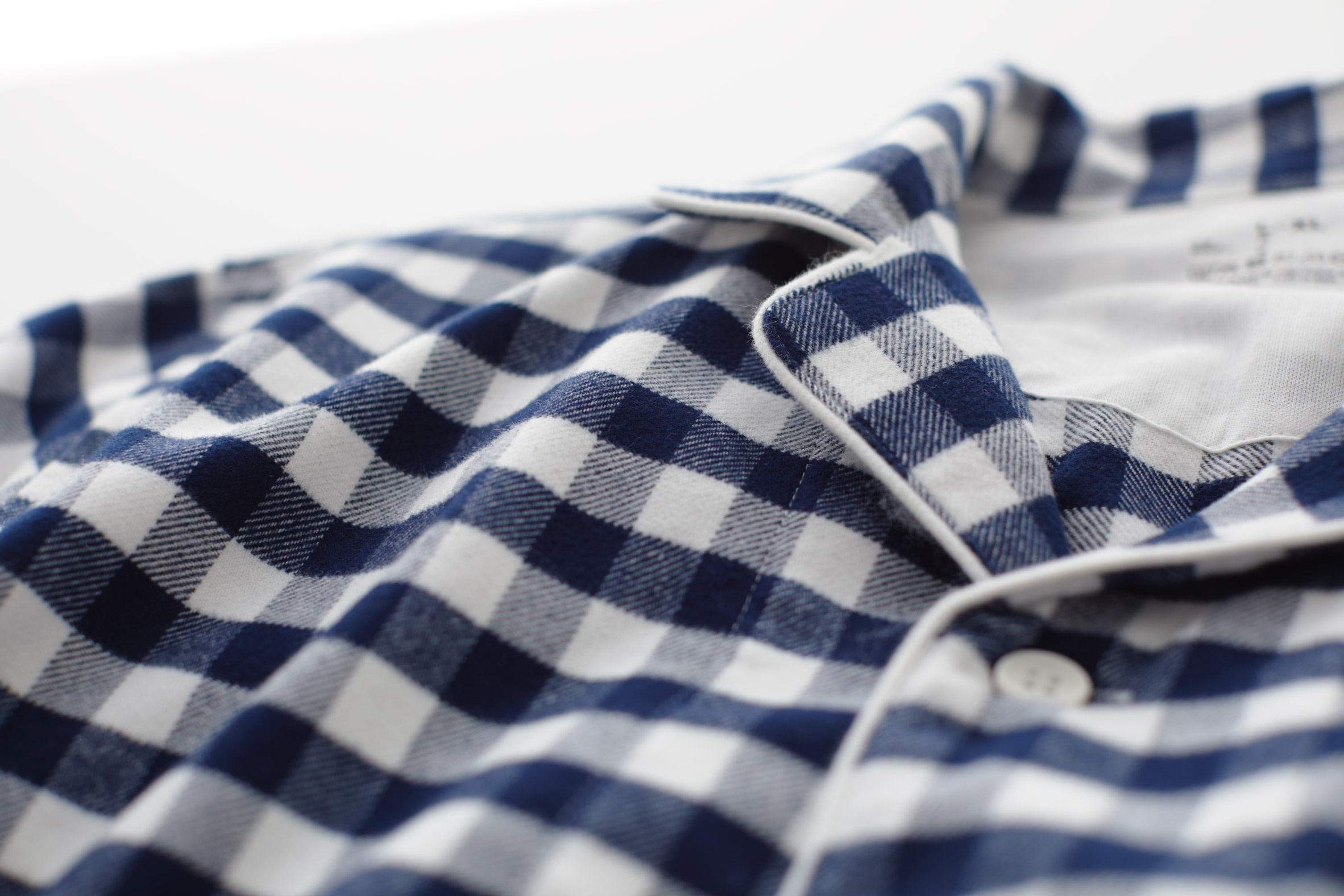
Flannel Pyjamas
Muji's flannel pyjamas are designed to be "warm and cozy". They have no side seams for better sleep and extra comfort.
The pyjamas come in kids and adult versions so "the whole family can match this Christmas".

Winter accessories
Muji also has a range of gloves, scarfs, and ear muffs to choose from, including touchscreen gloves and ribbed beanies.
Partnership content
This gift guide was written by Dezeen for Muji as part of a partnership. Find out more about Dezeen partnership content here.
The post Muji's Christmas gift guide features Japanese skincare products and festive candles appeared first on Dezeen.
from Dezeen https://ift.tt/3dgoEs6
